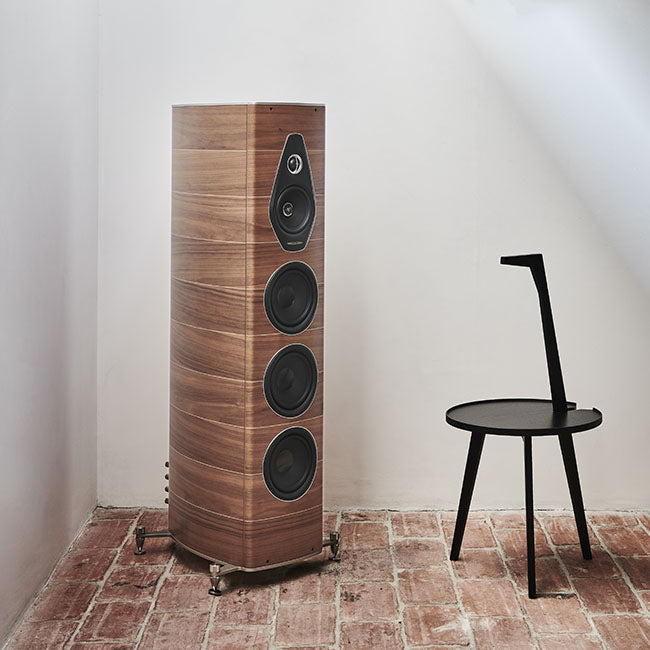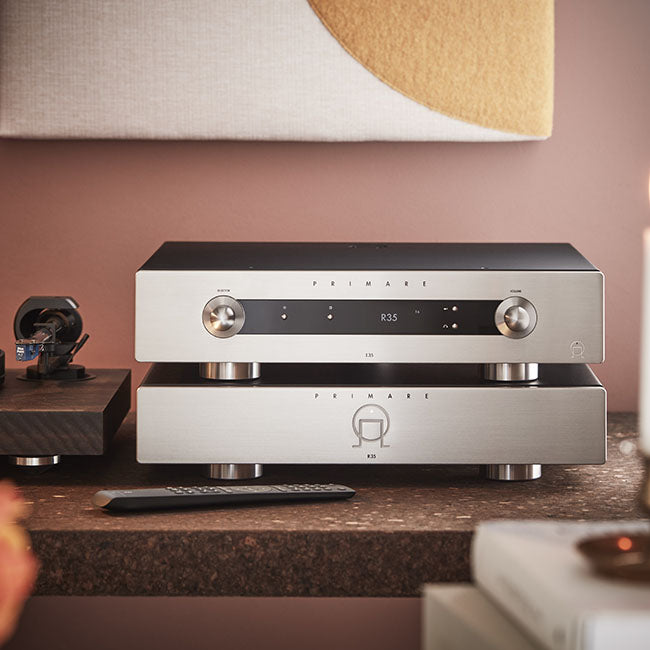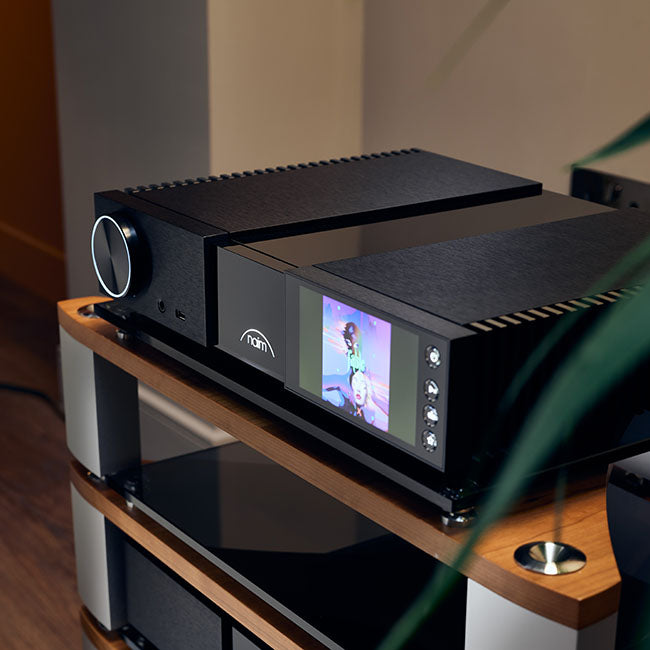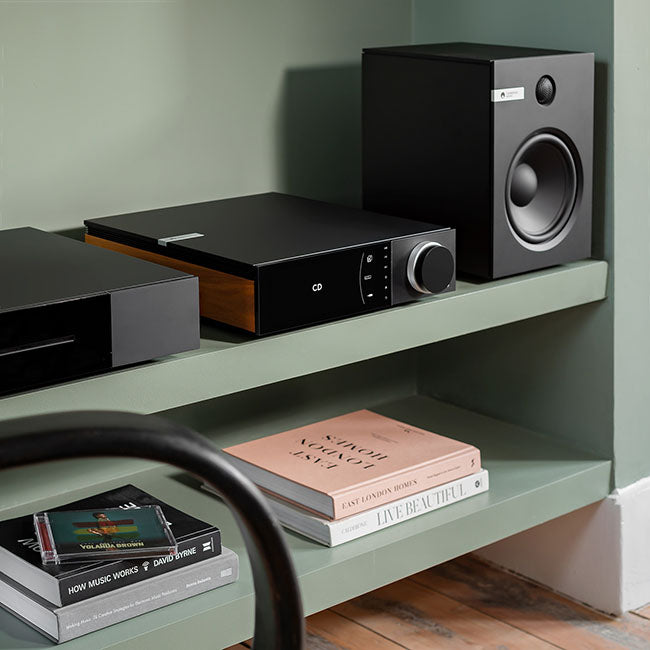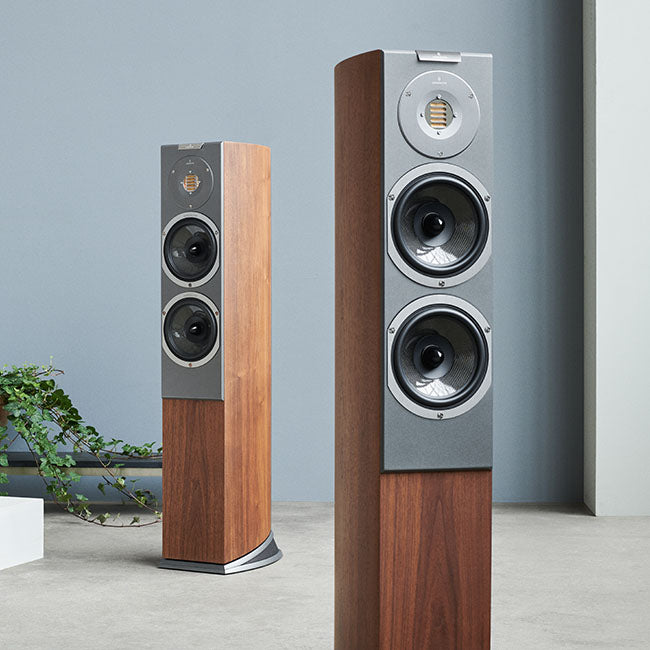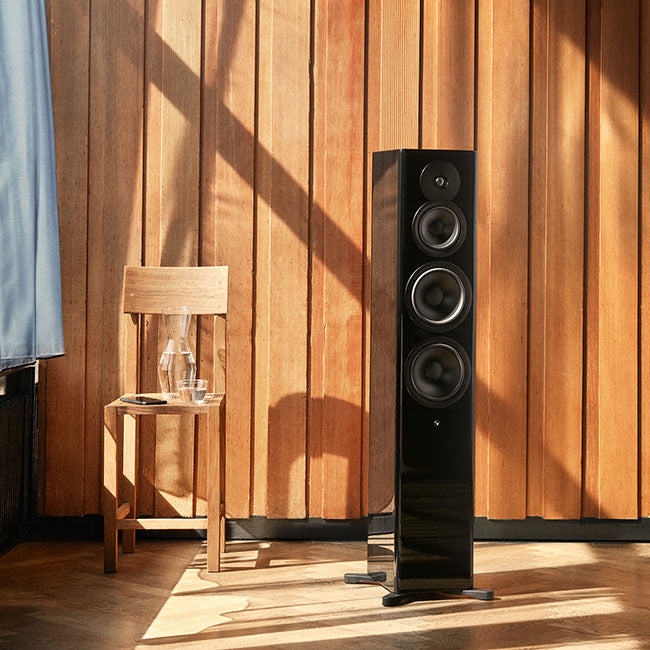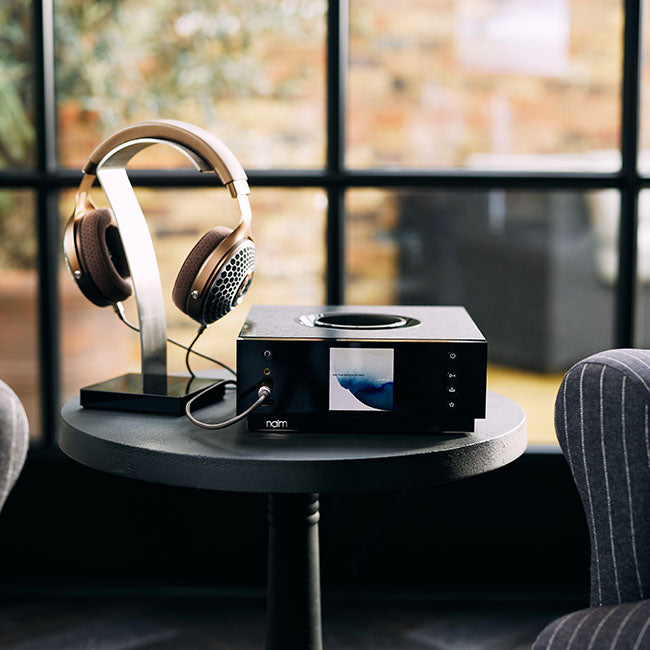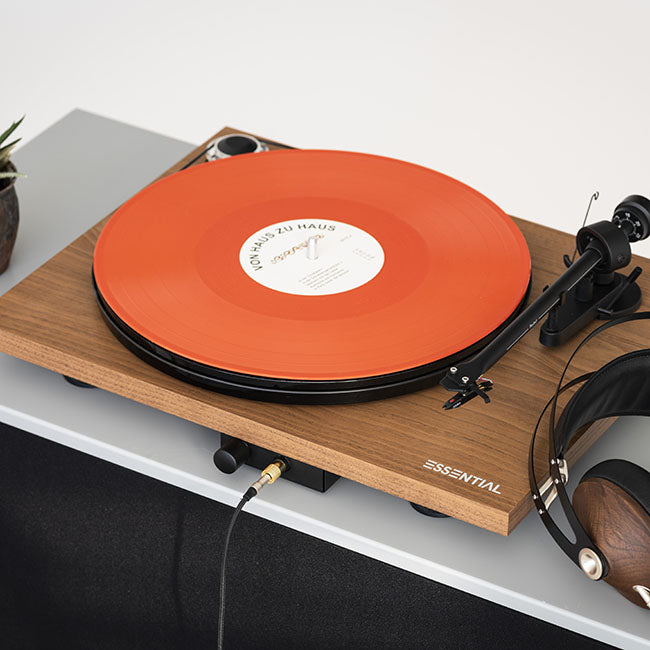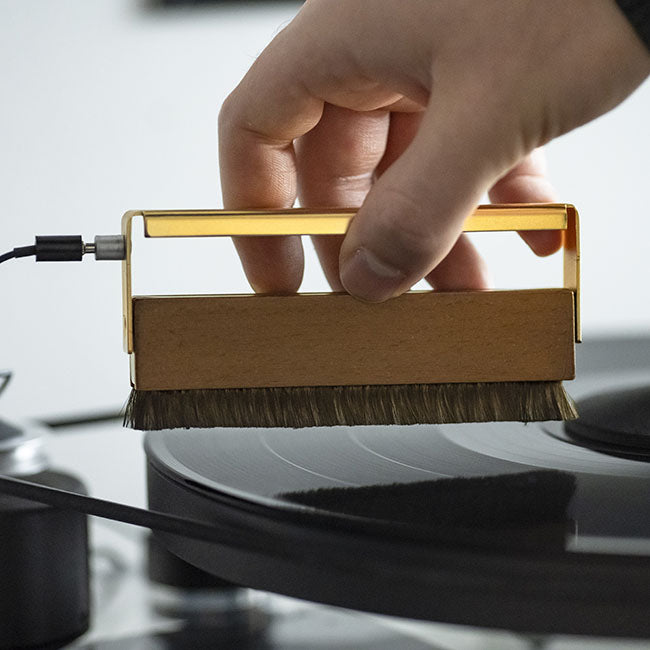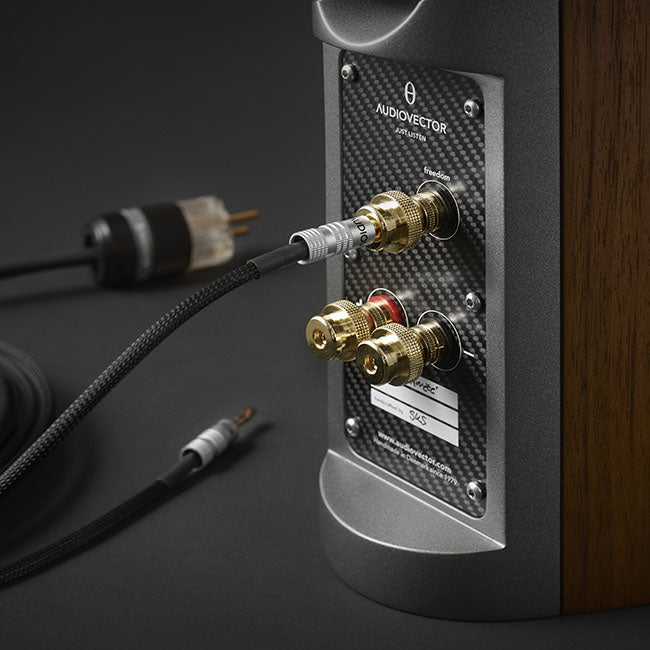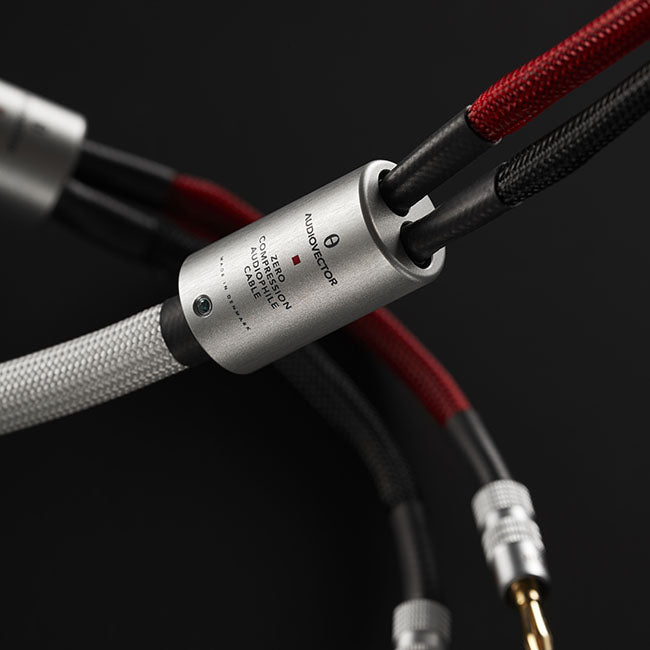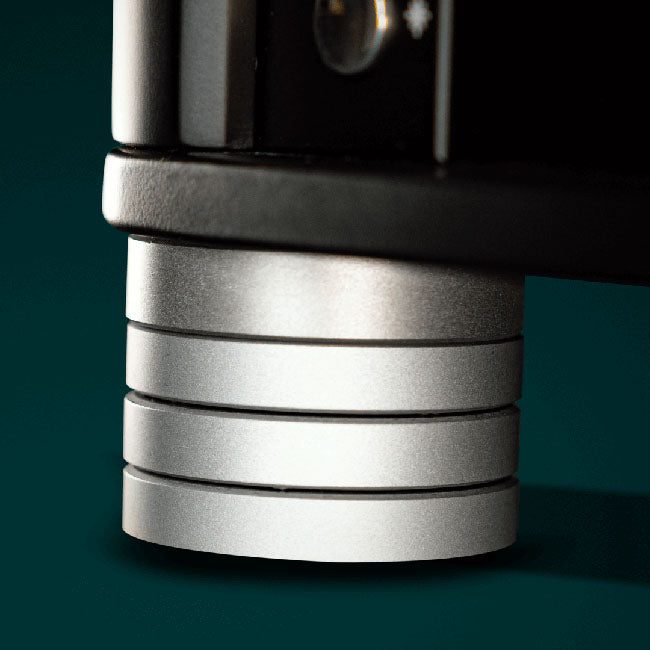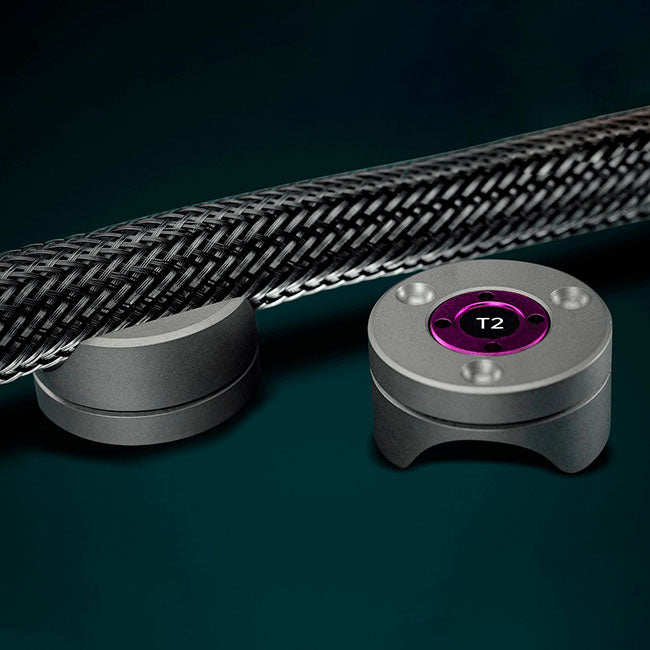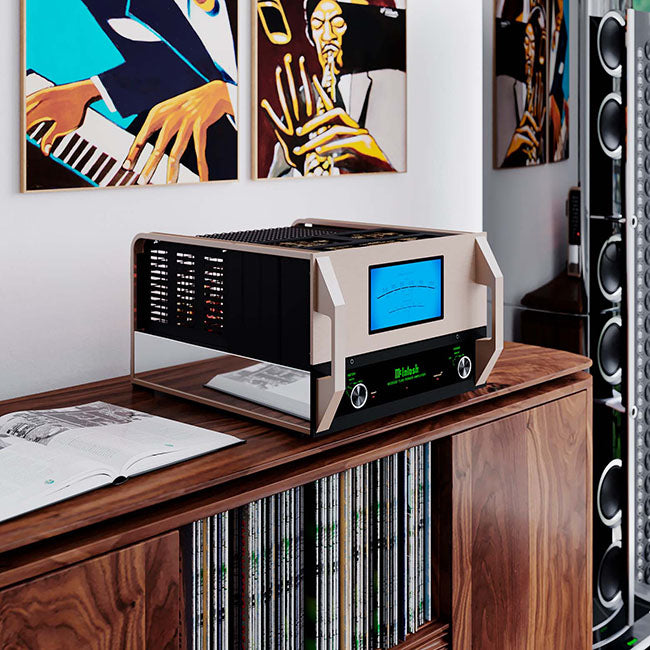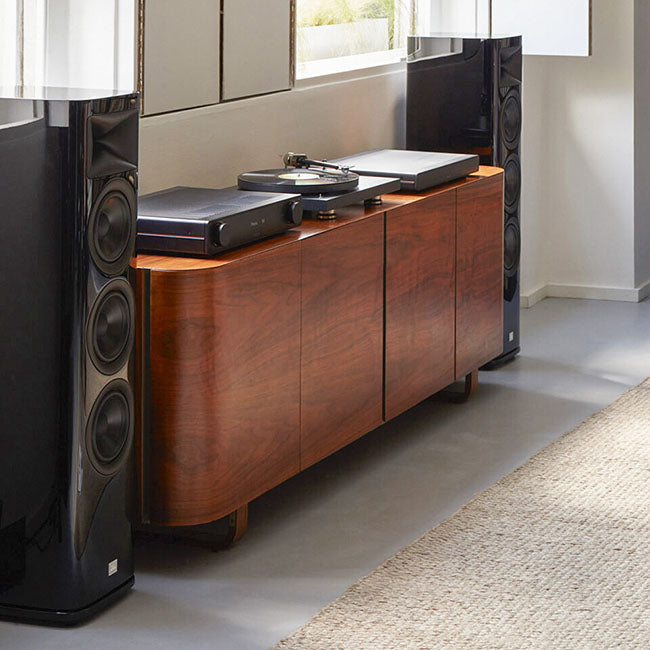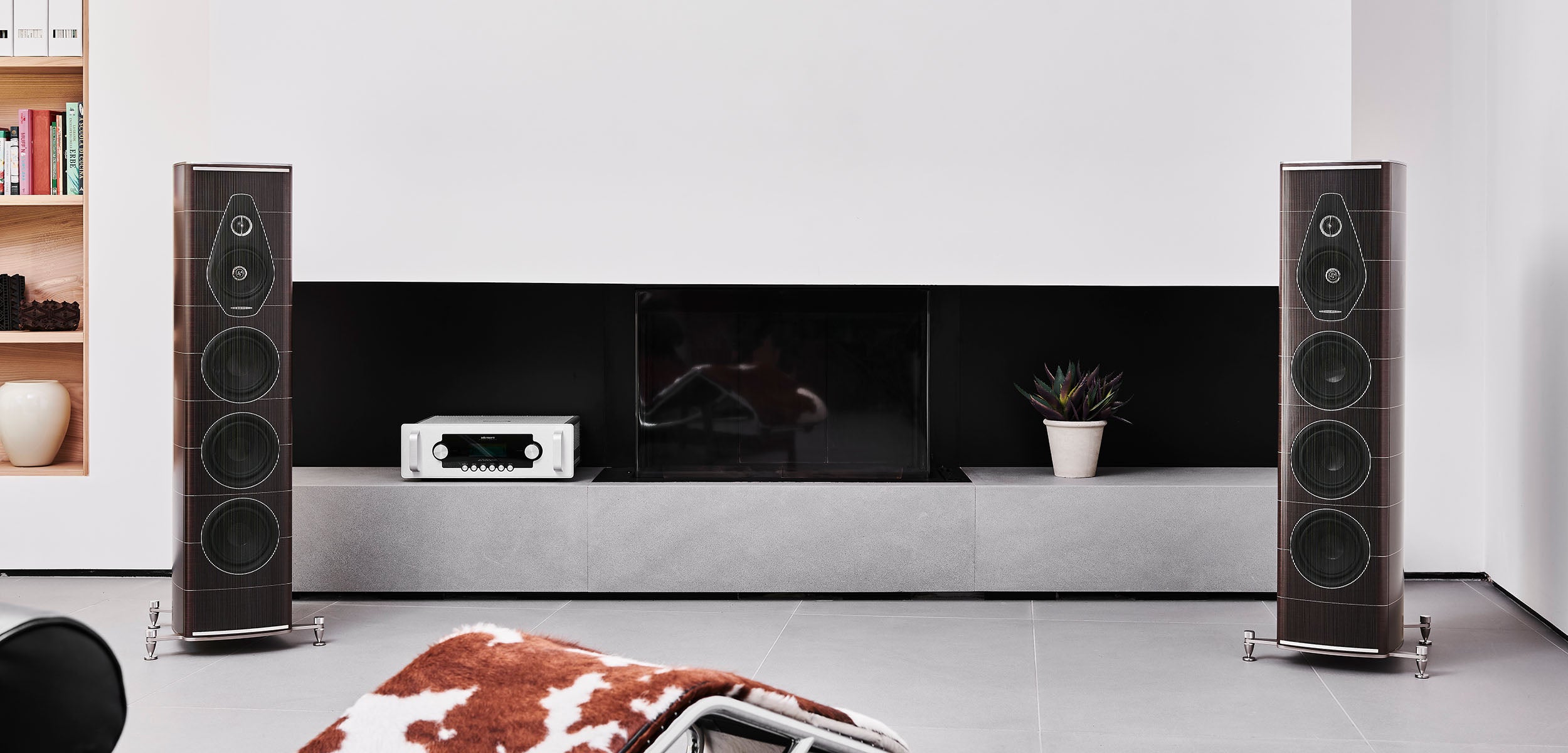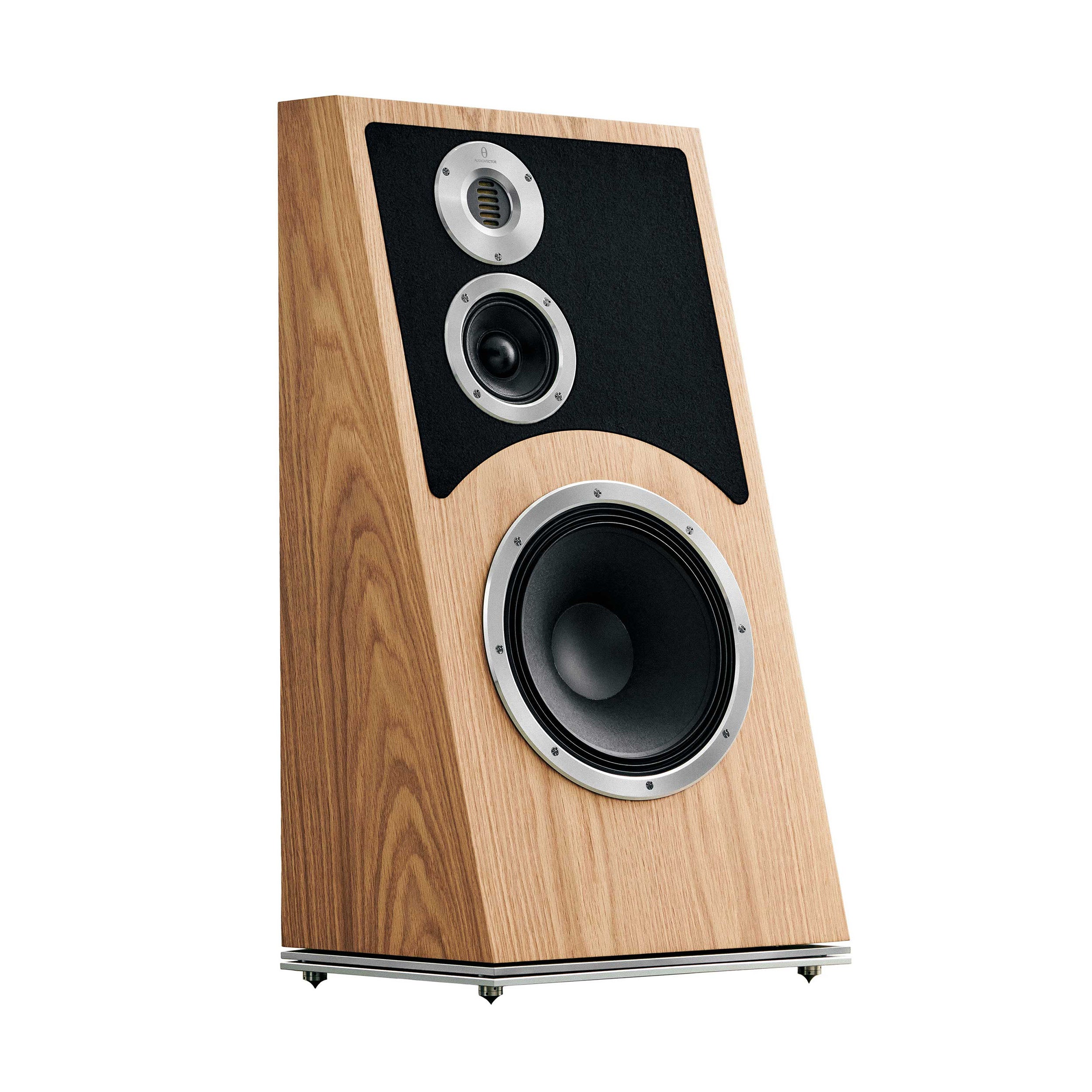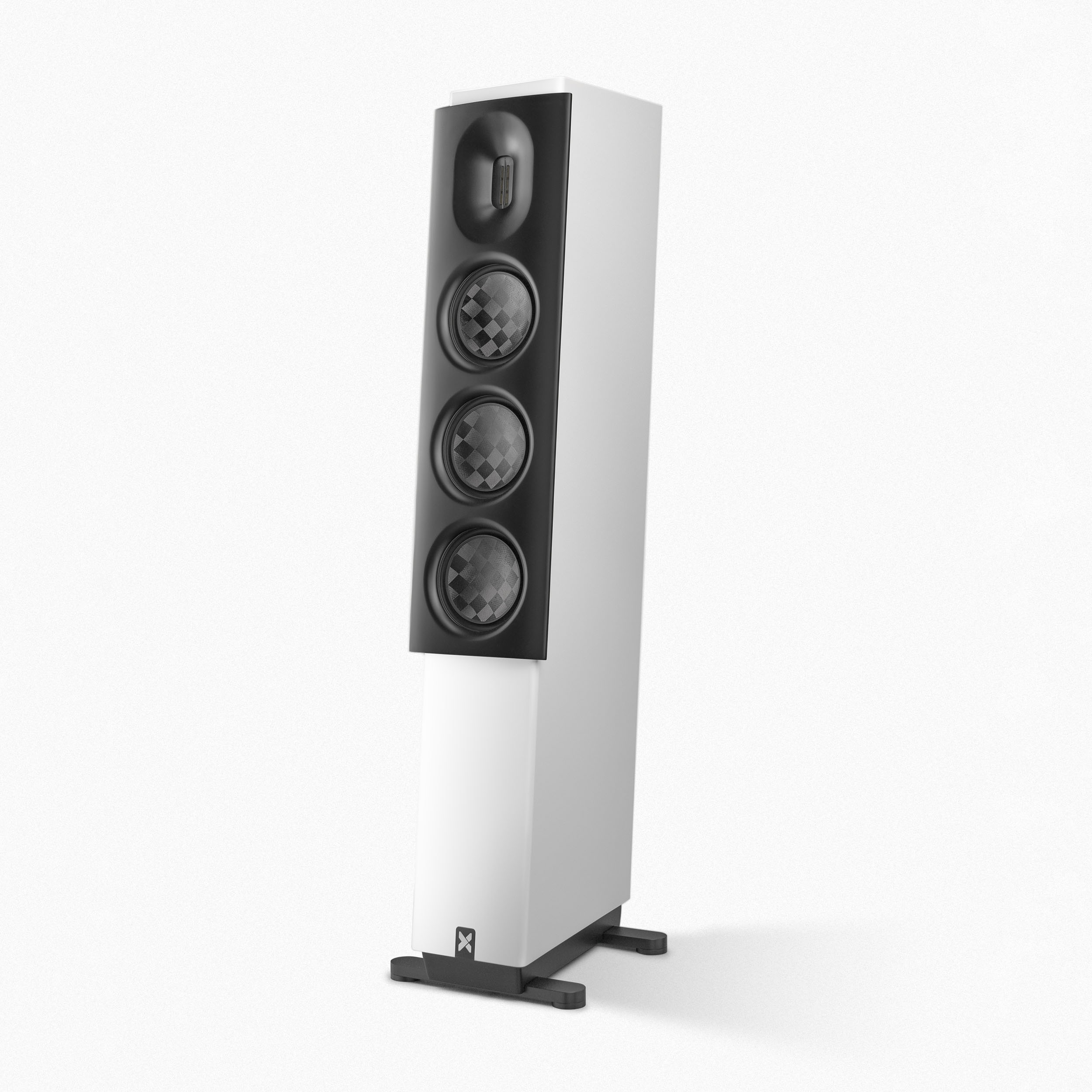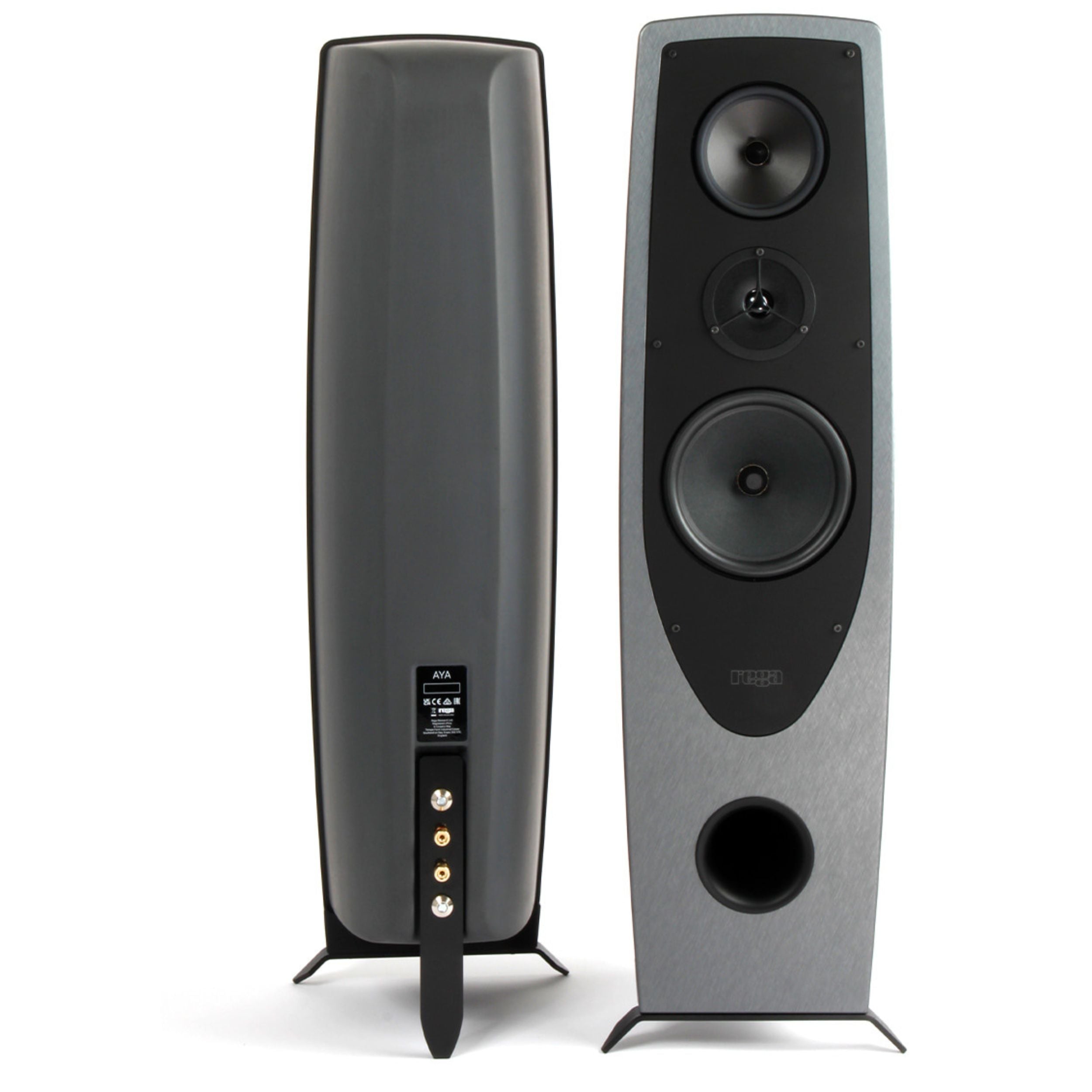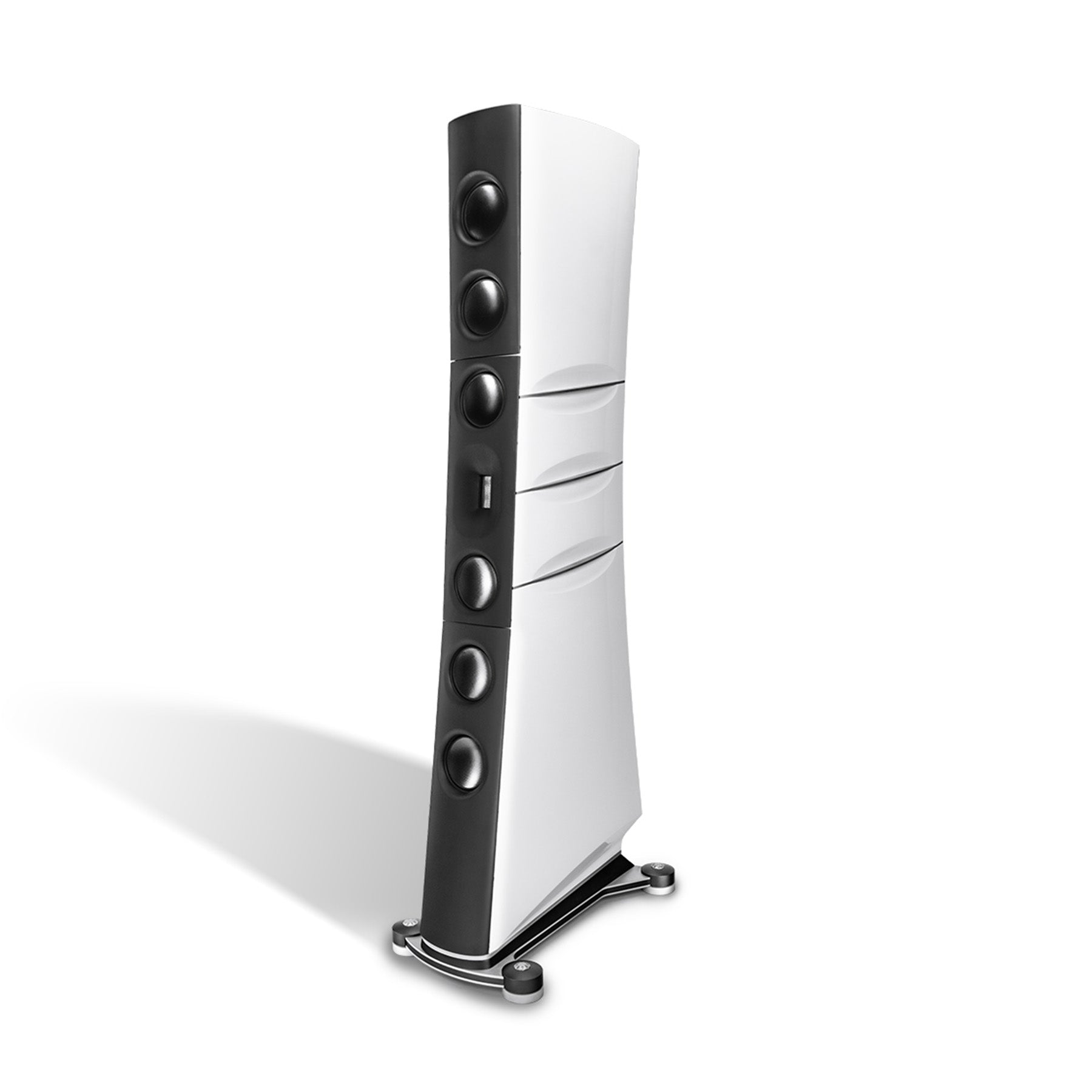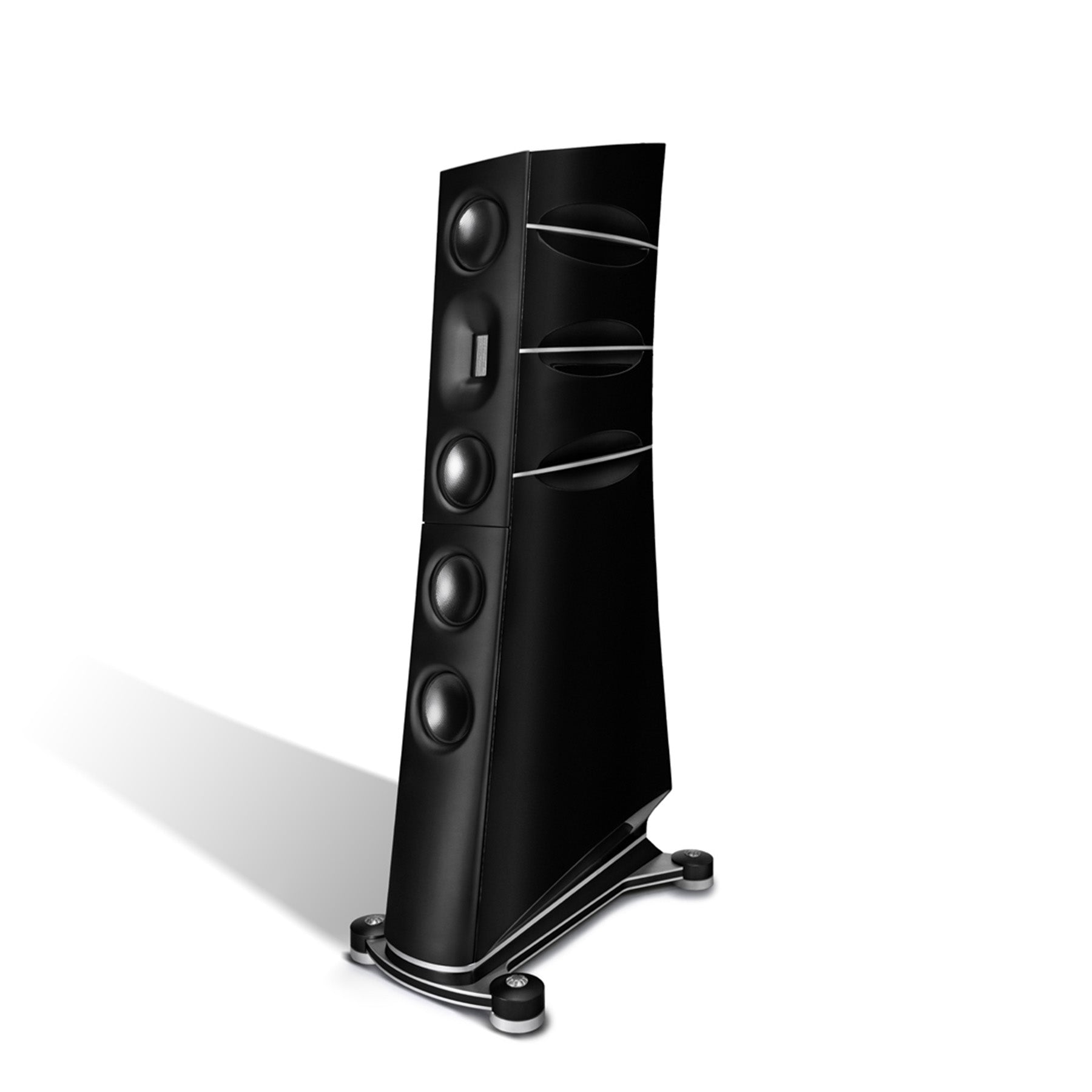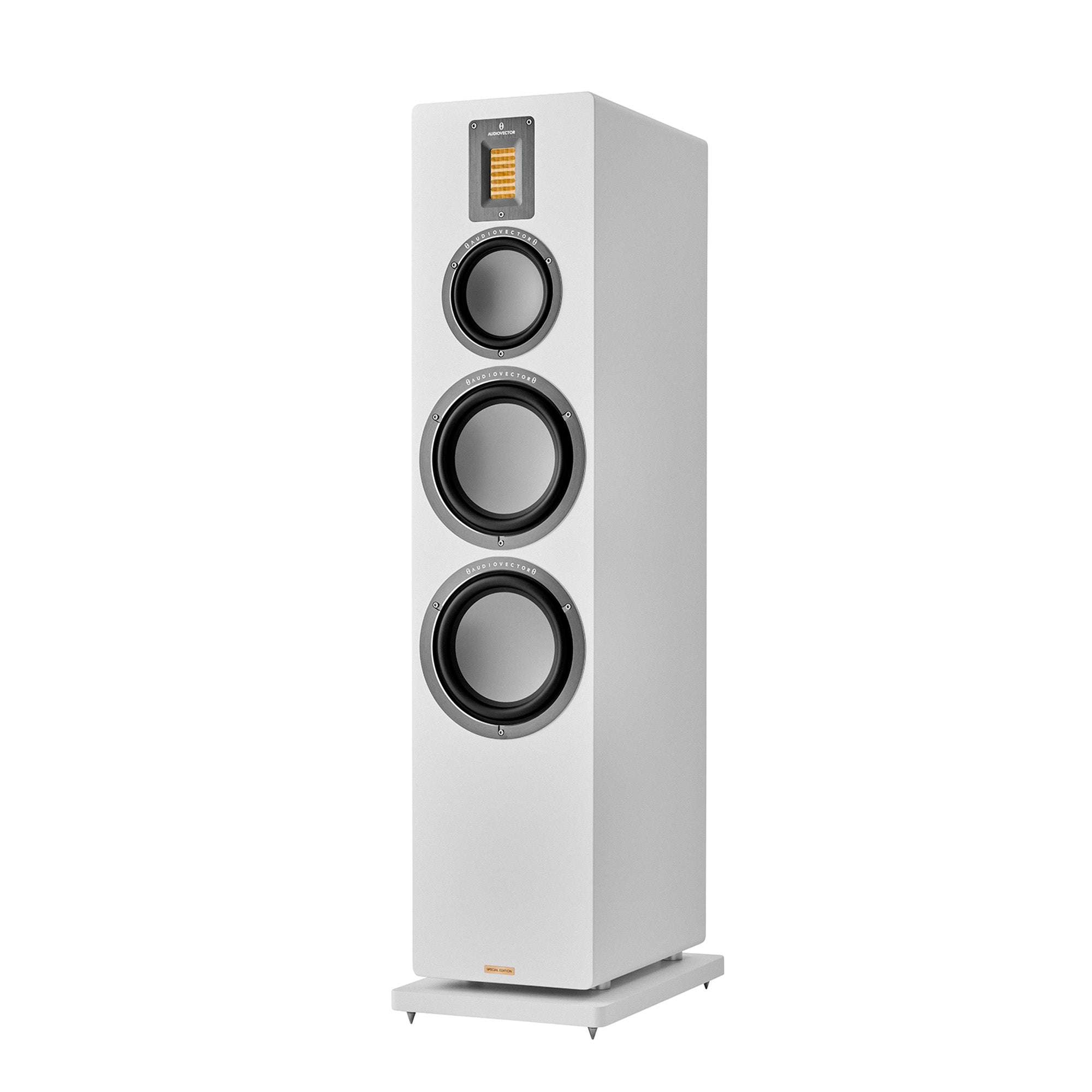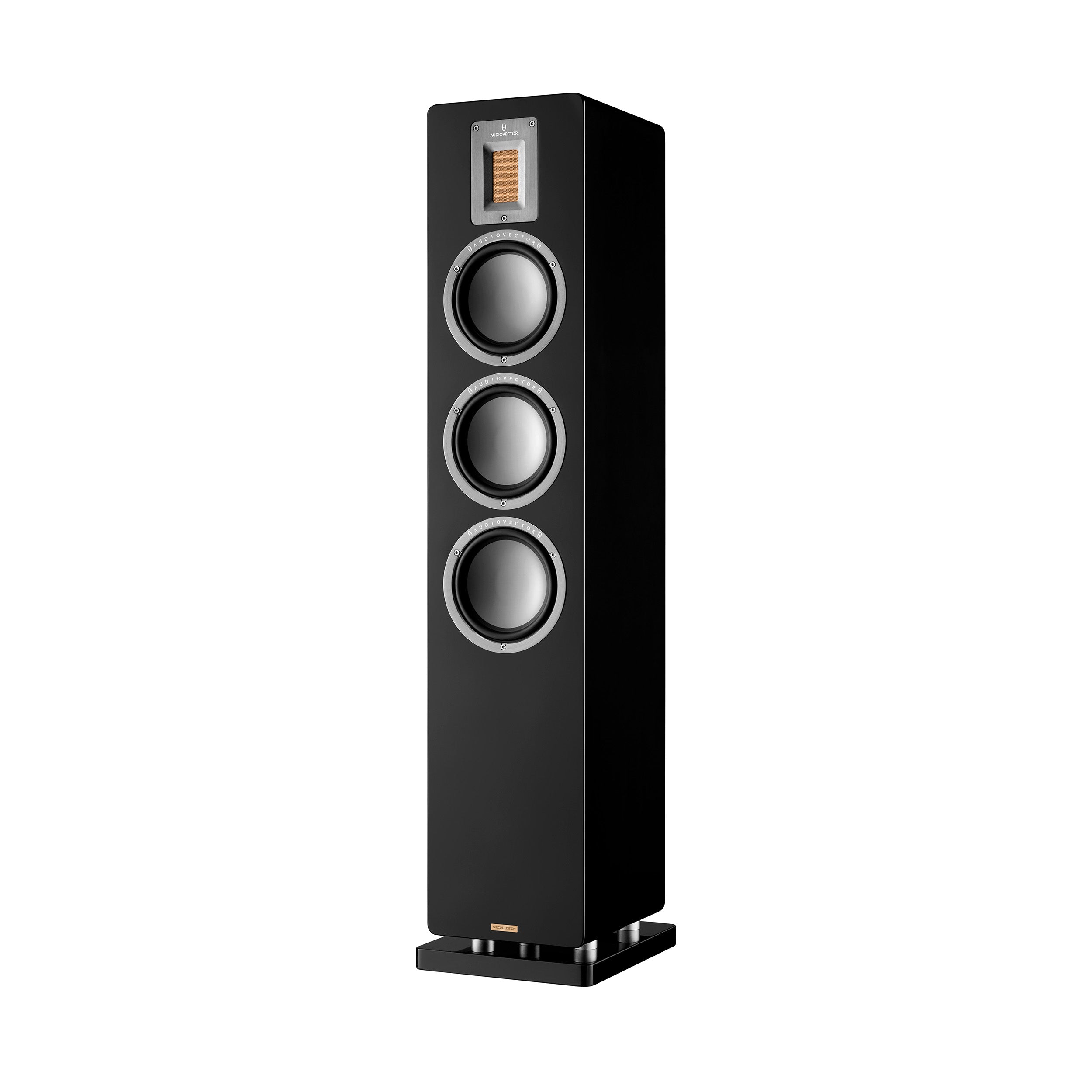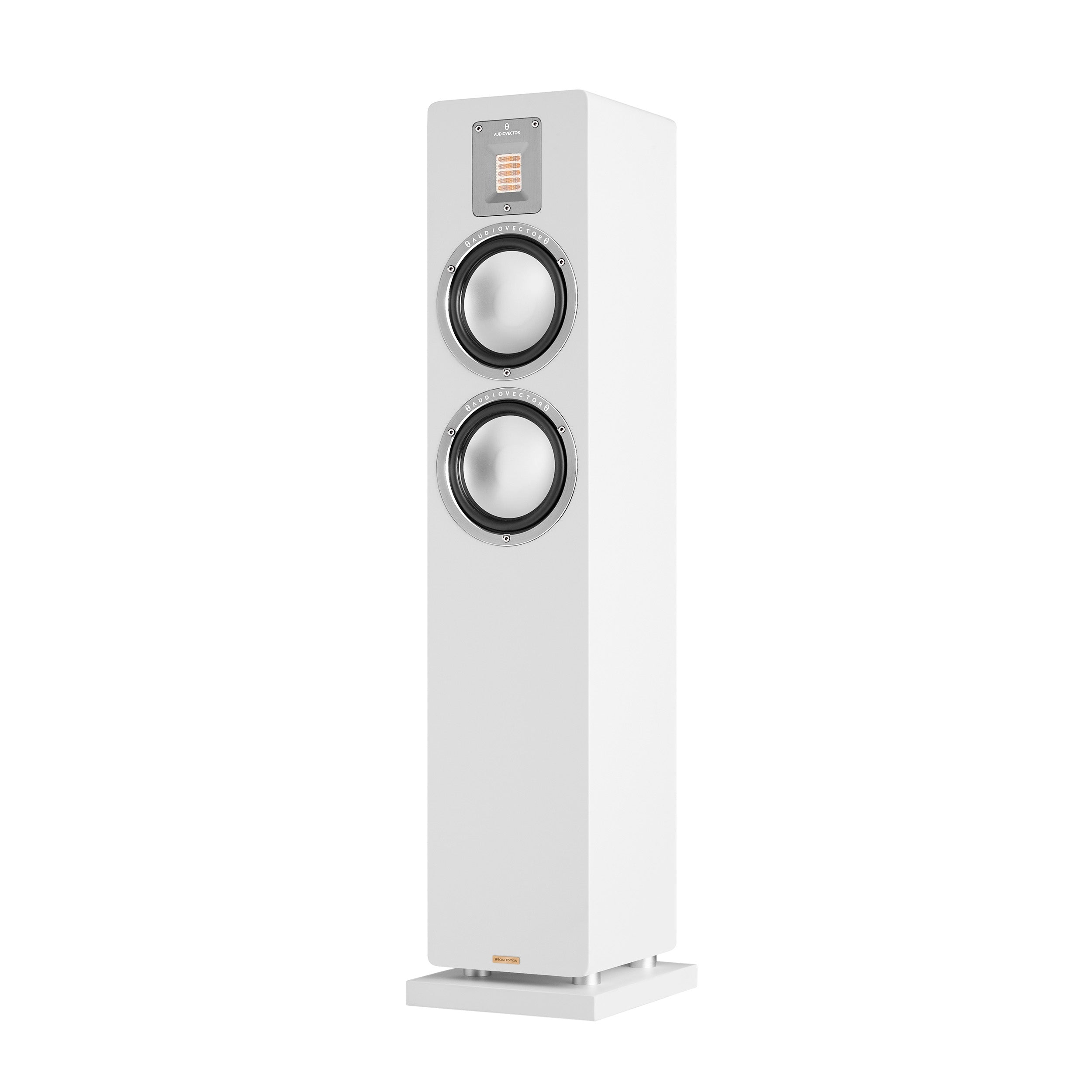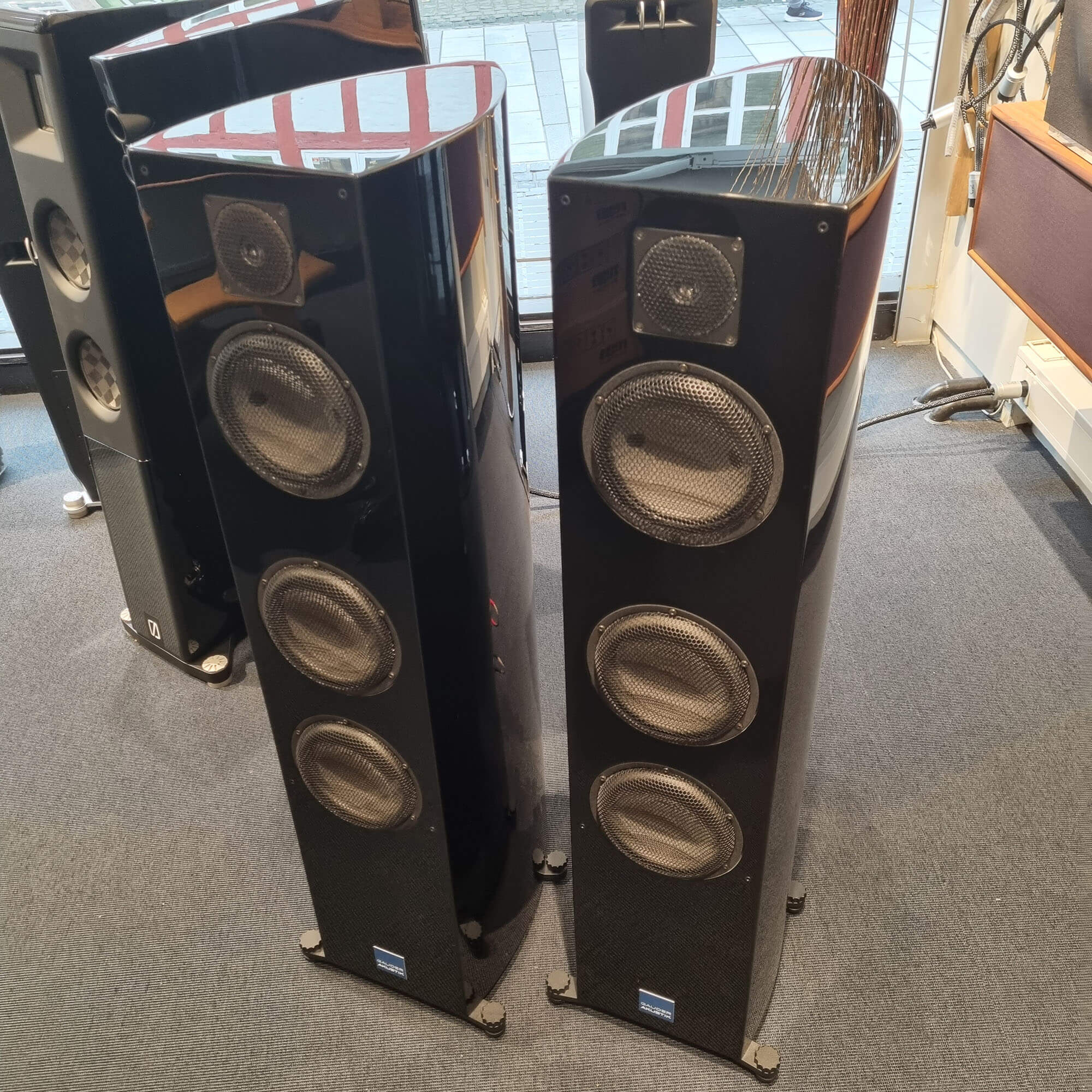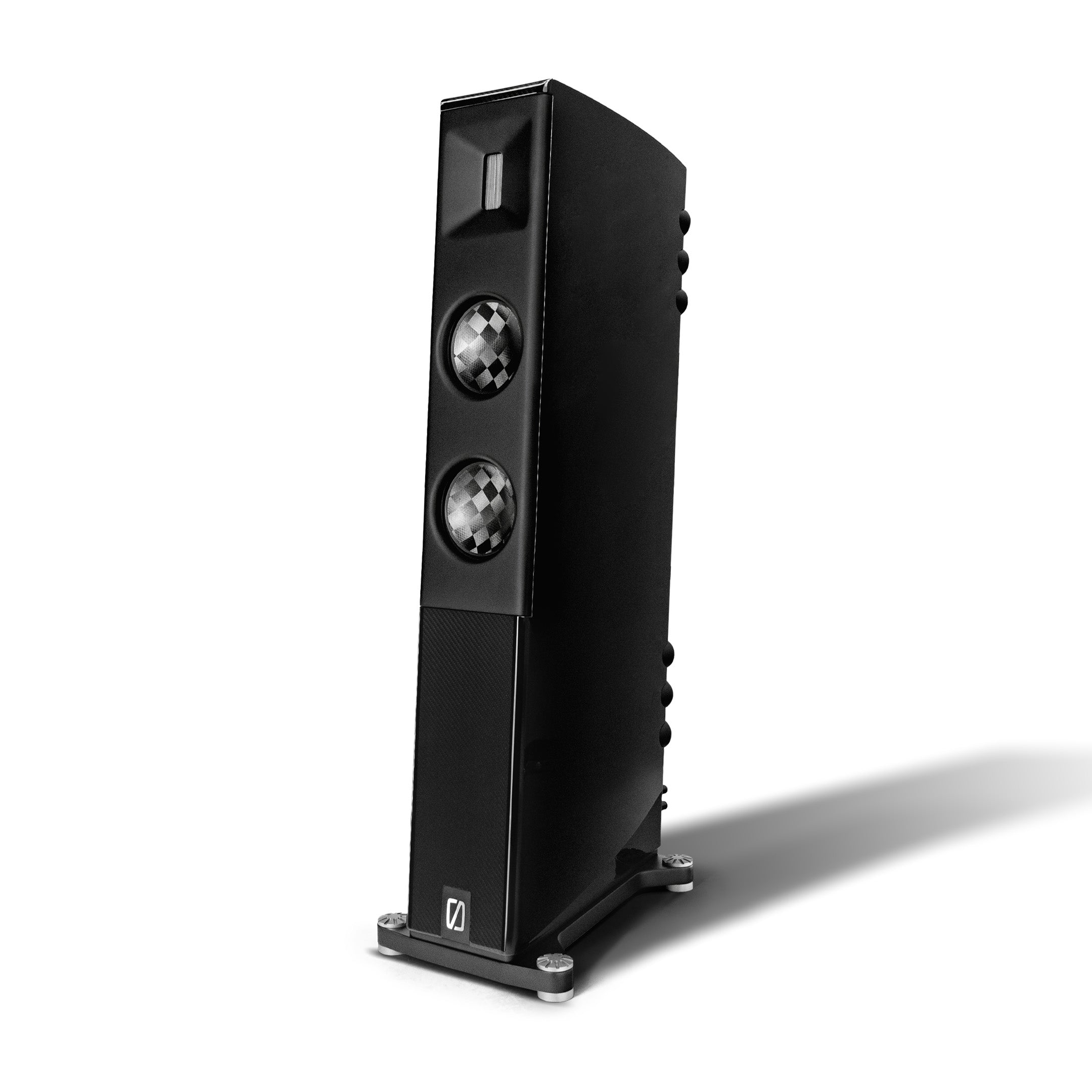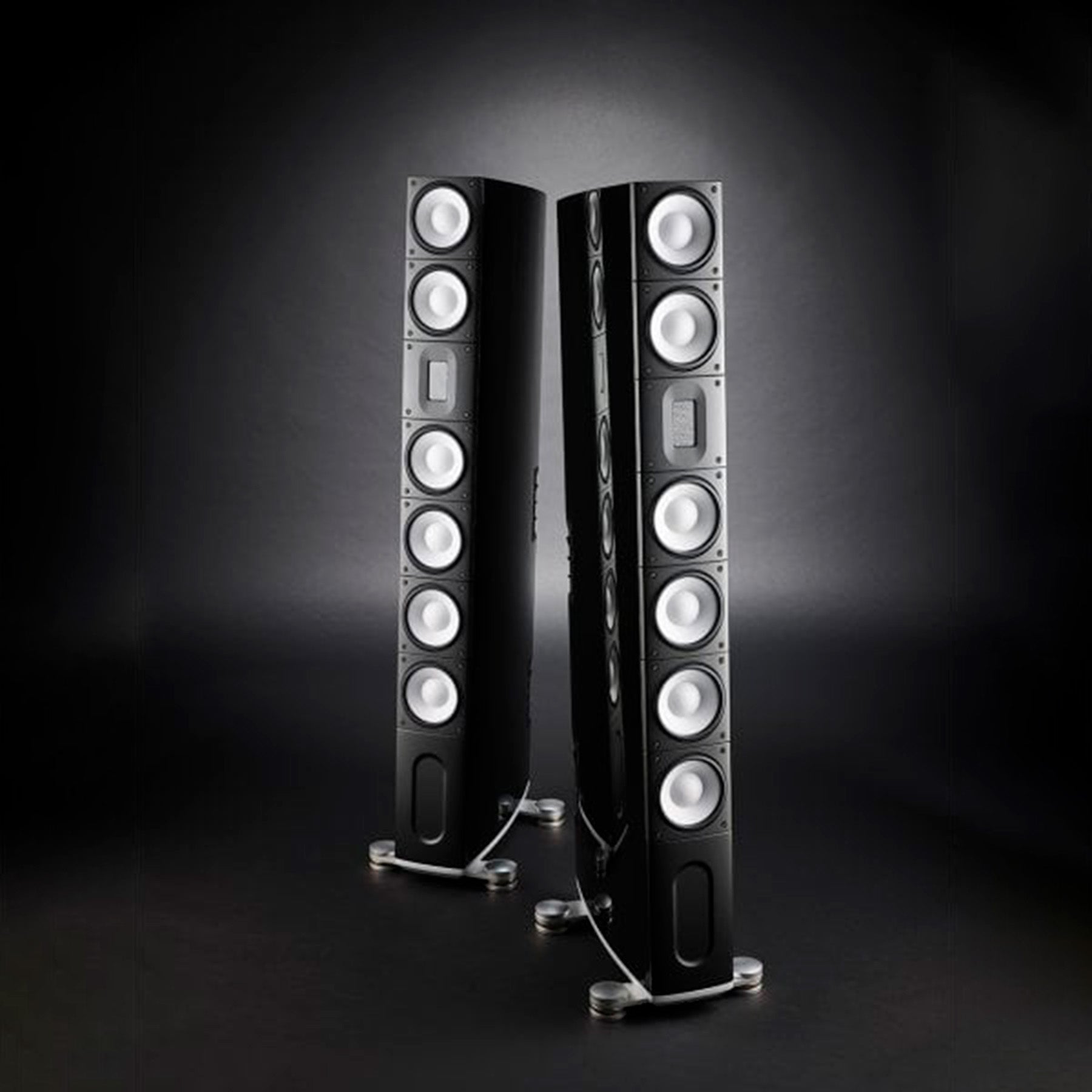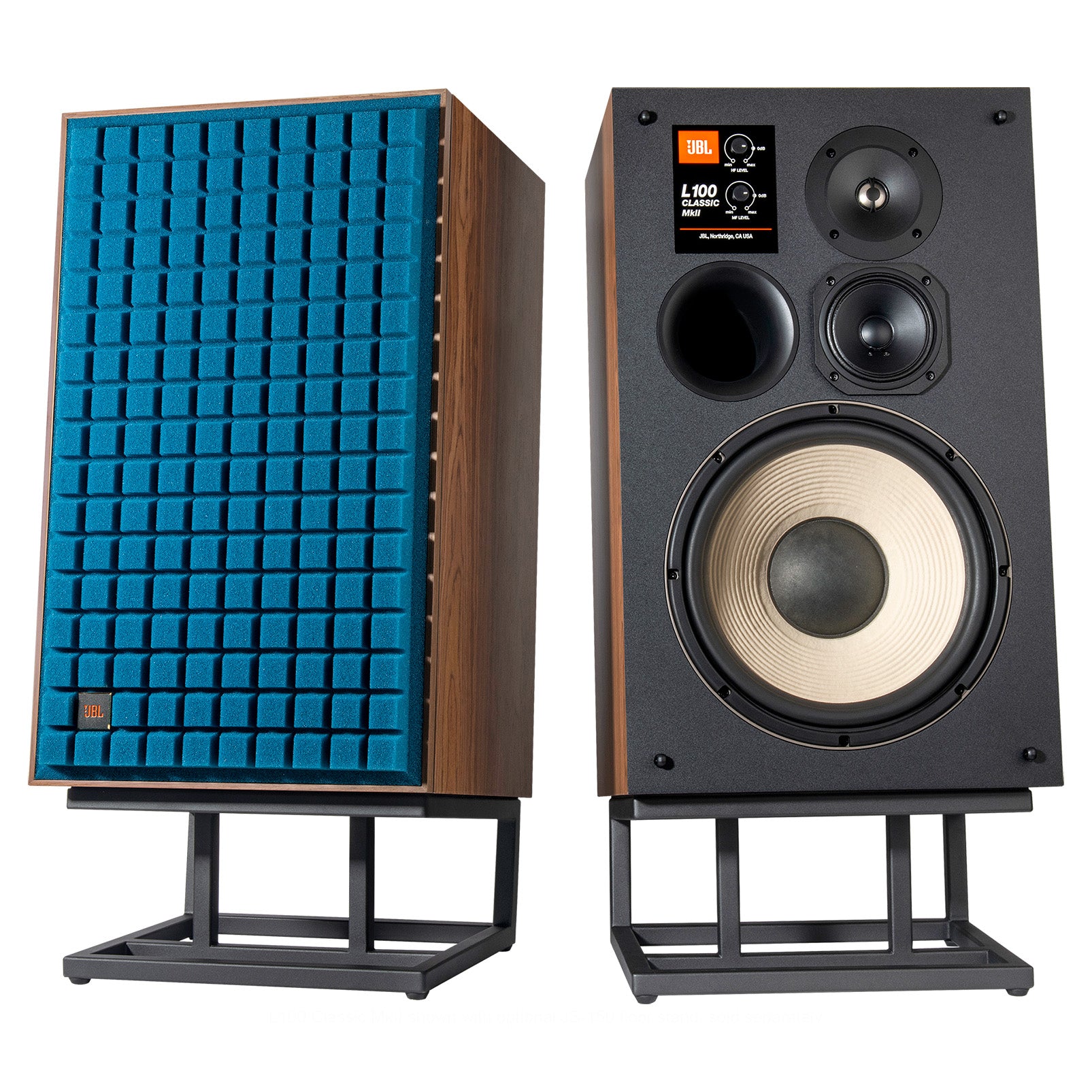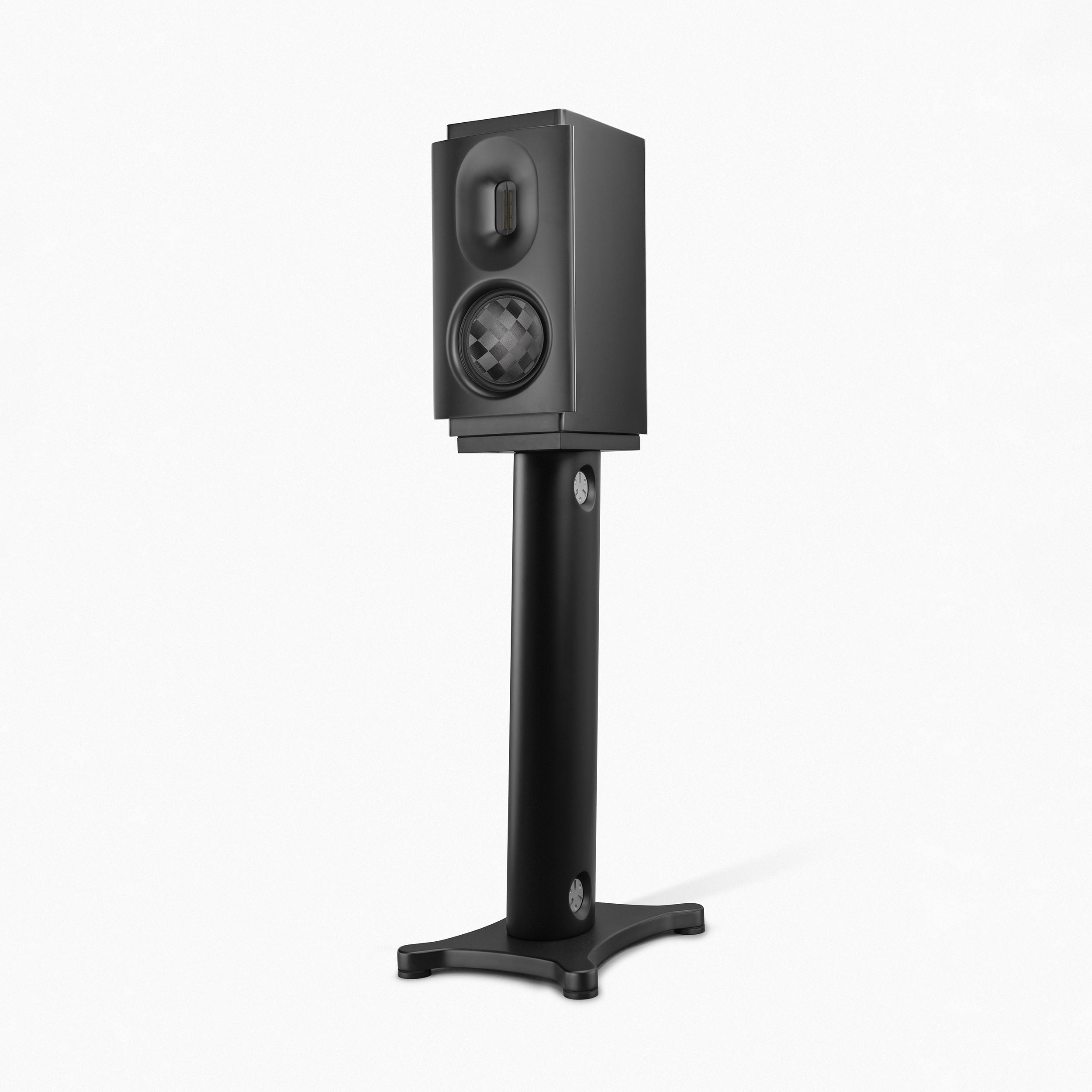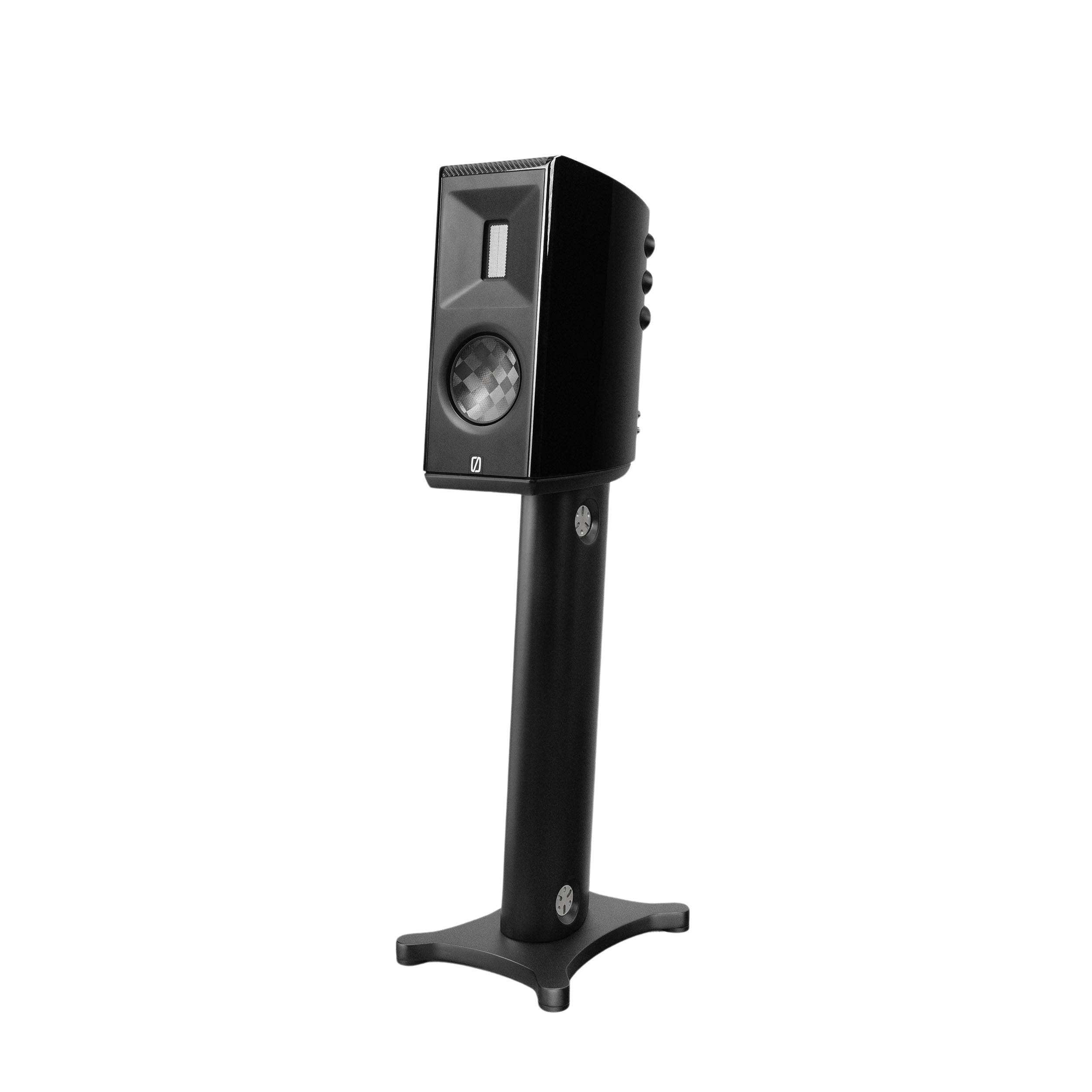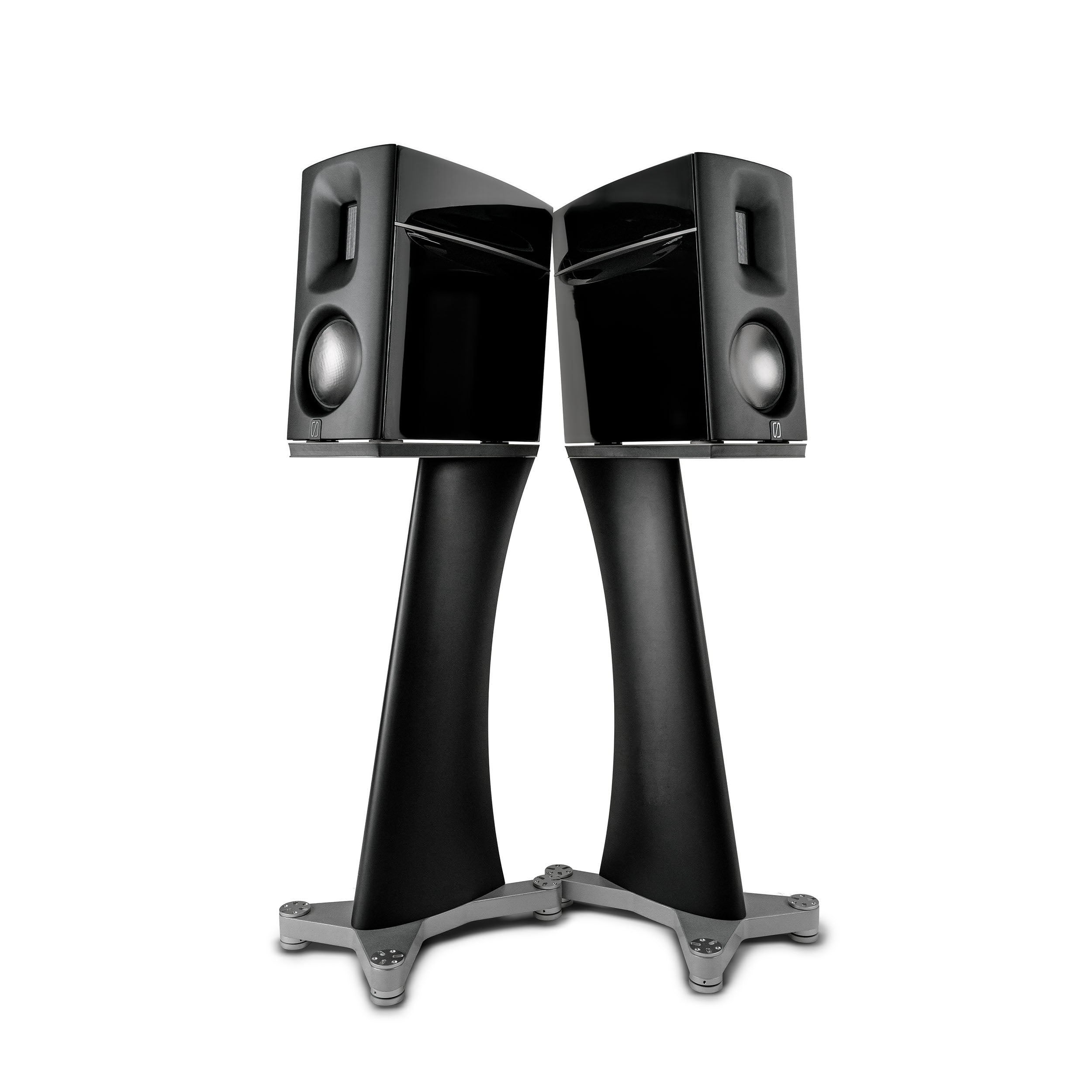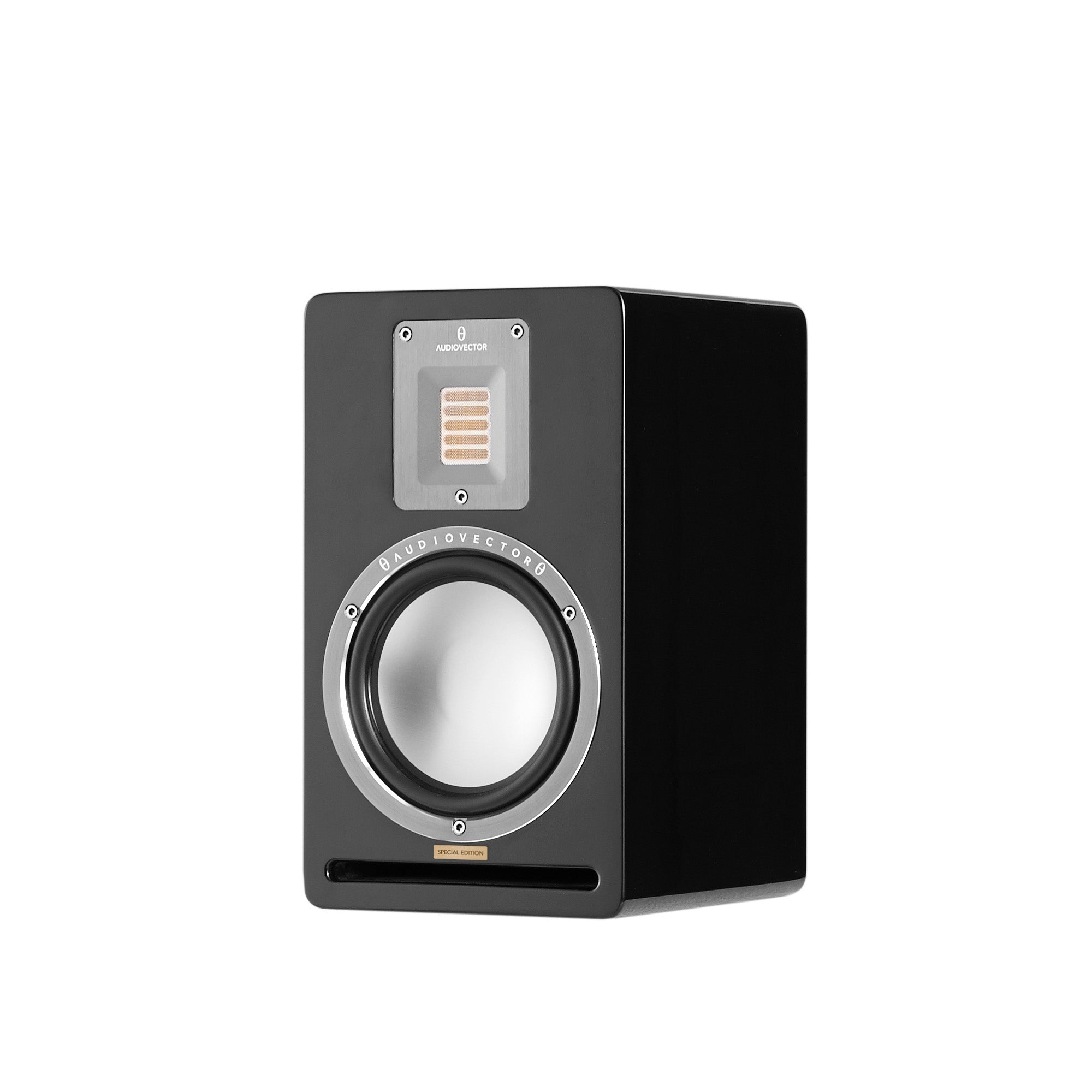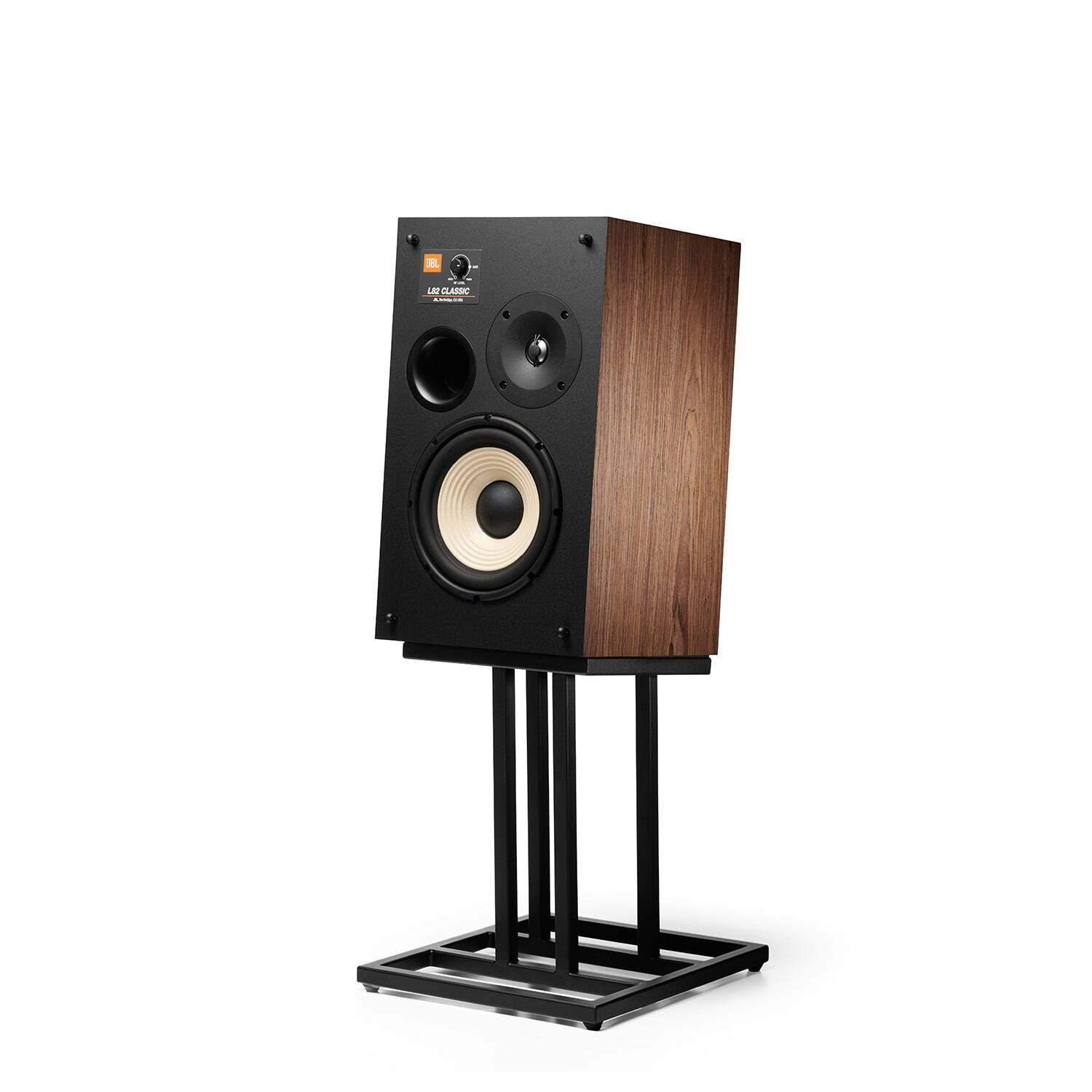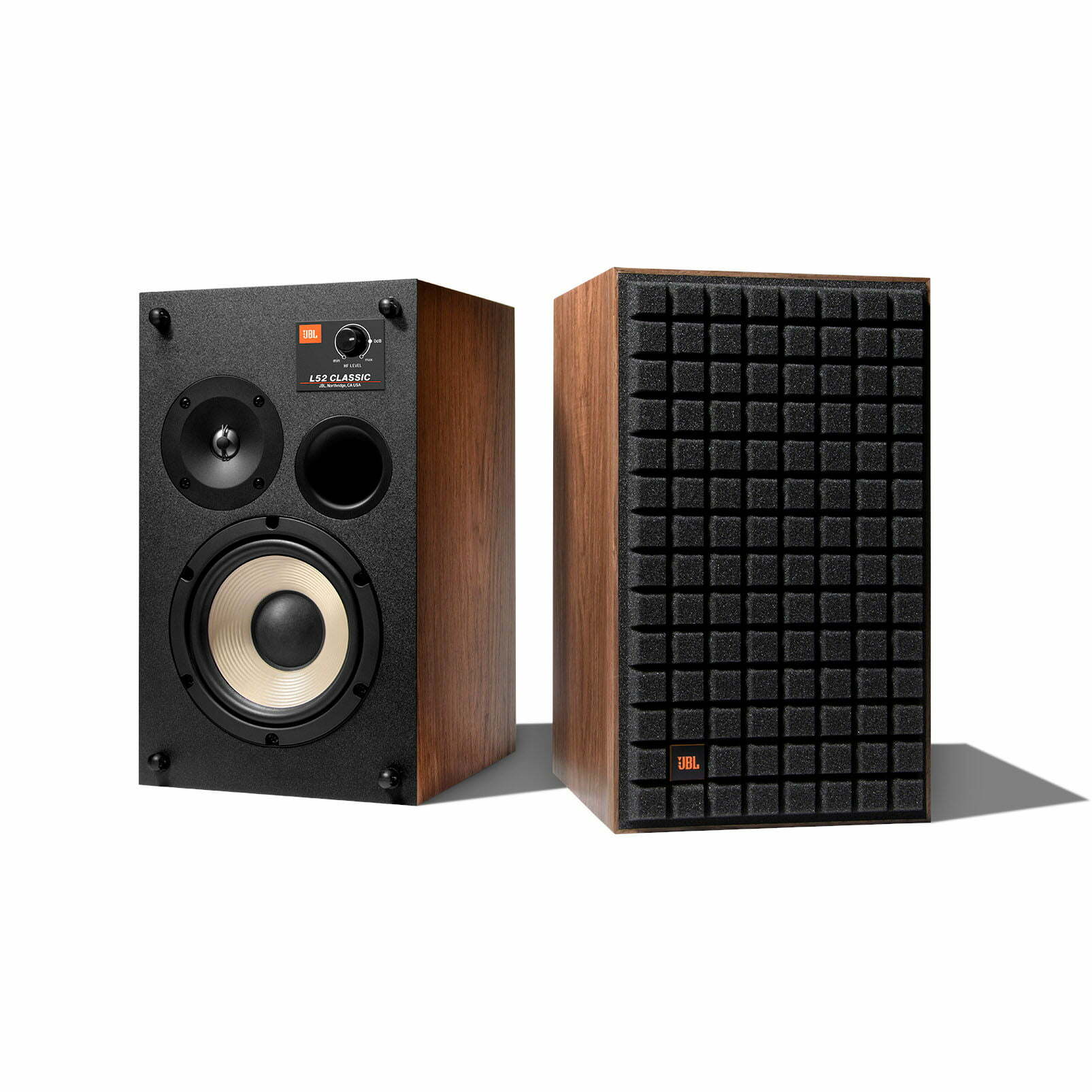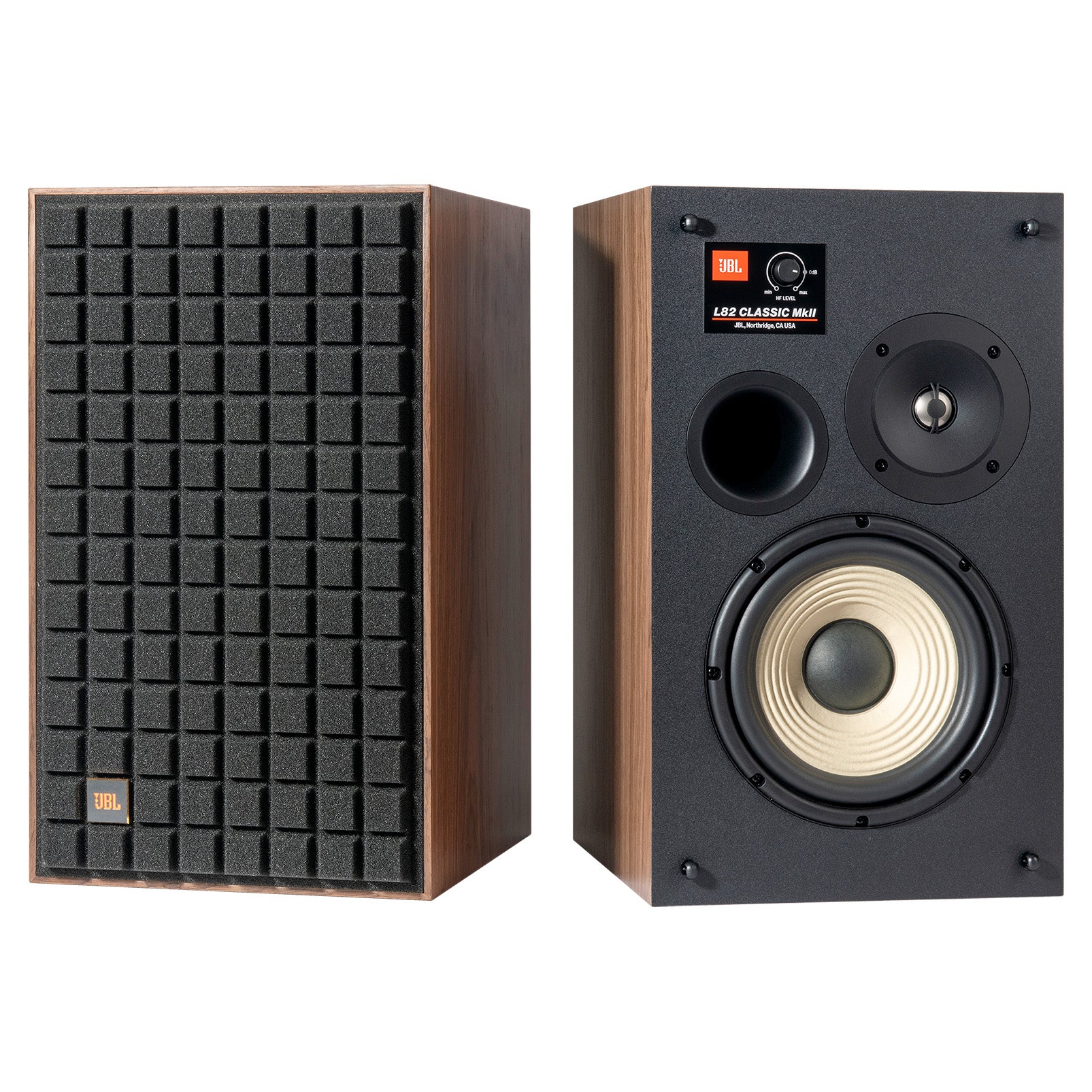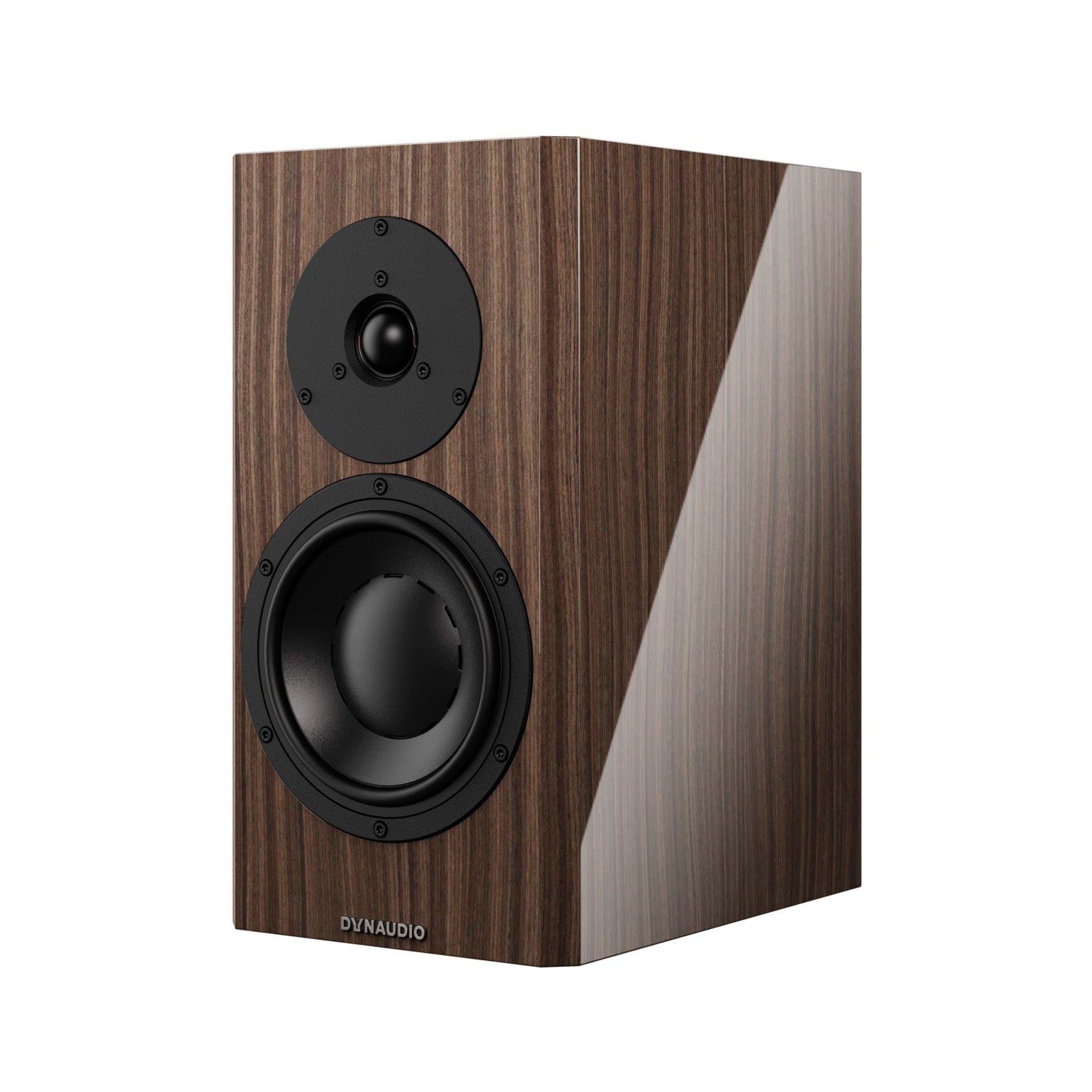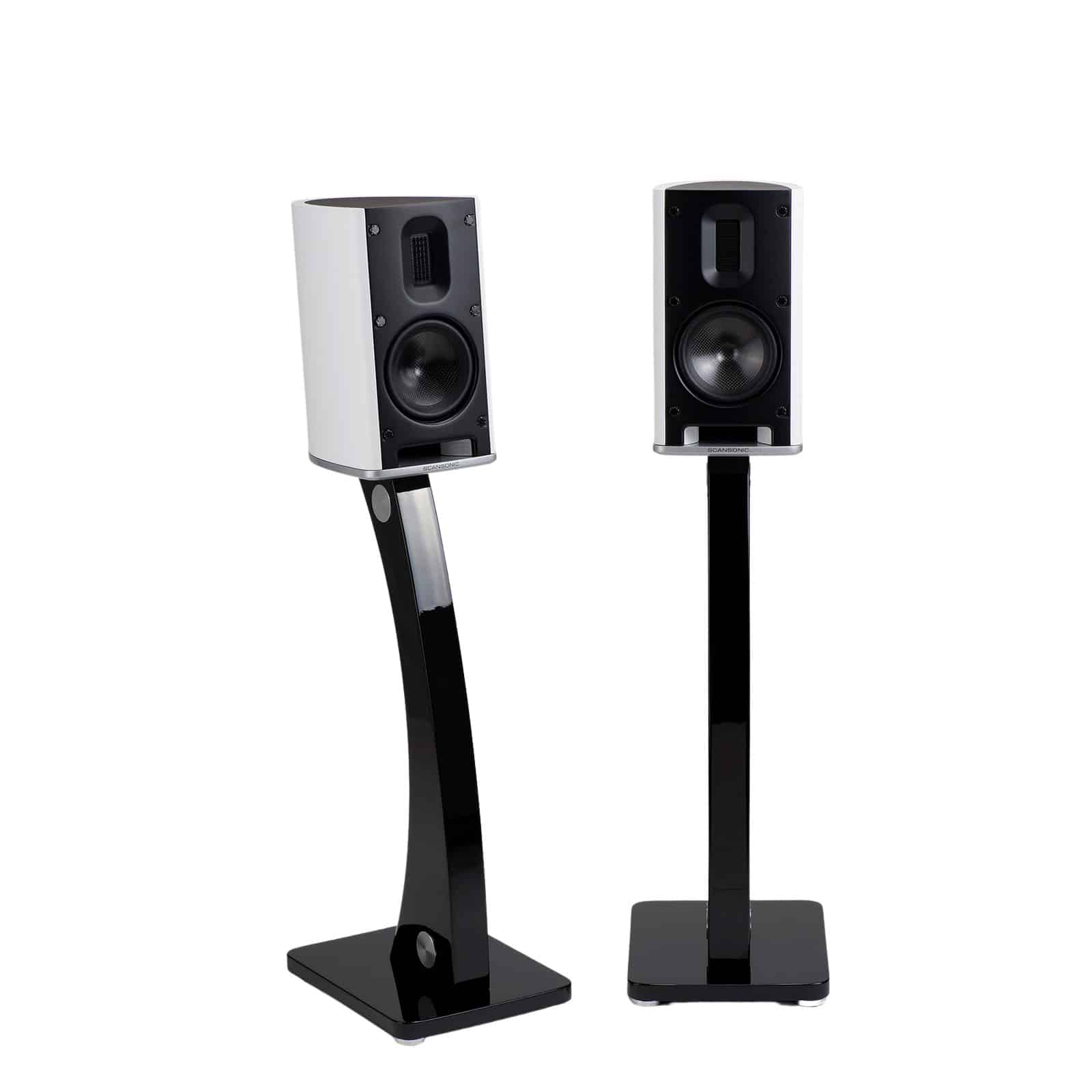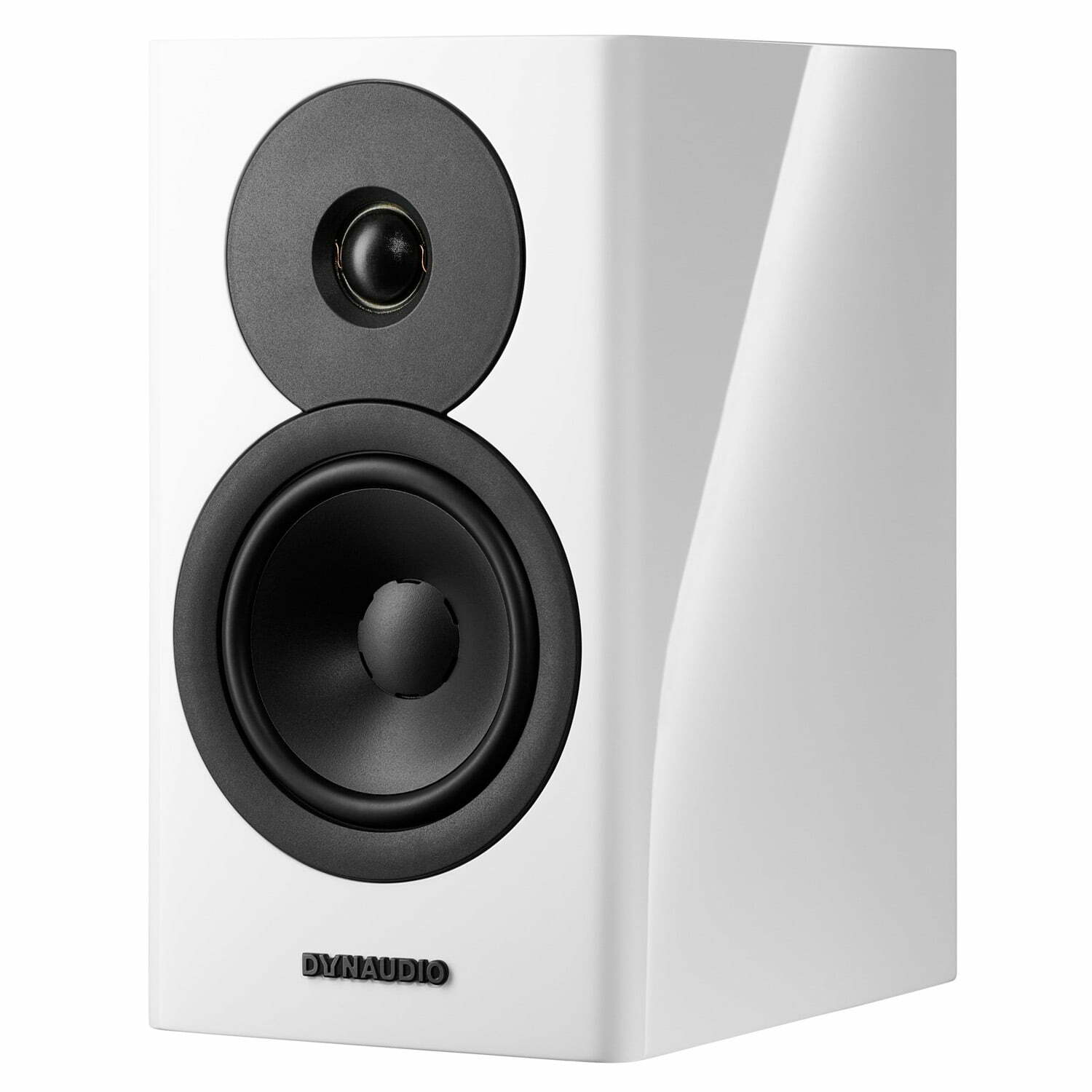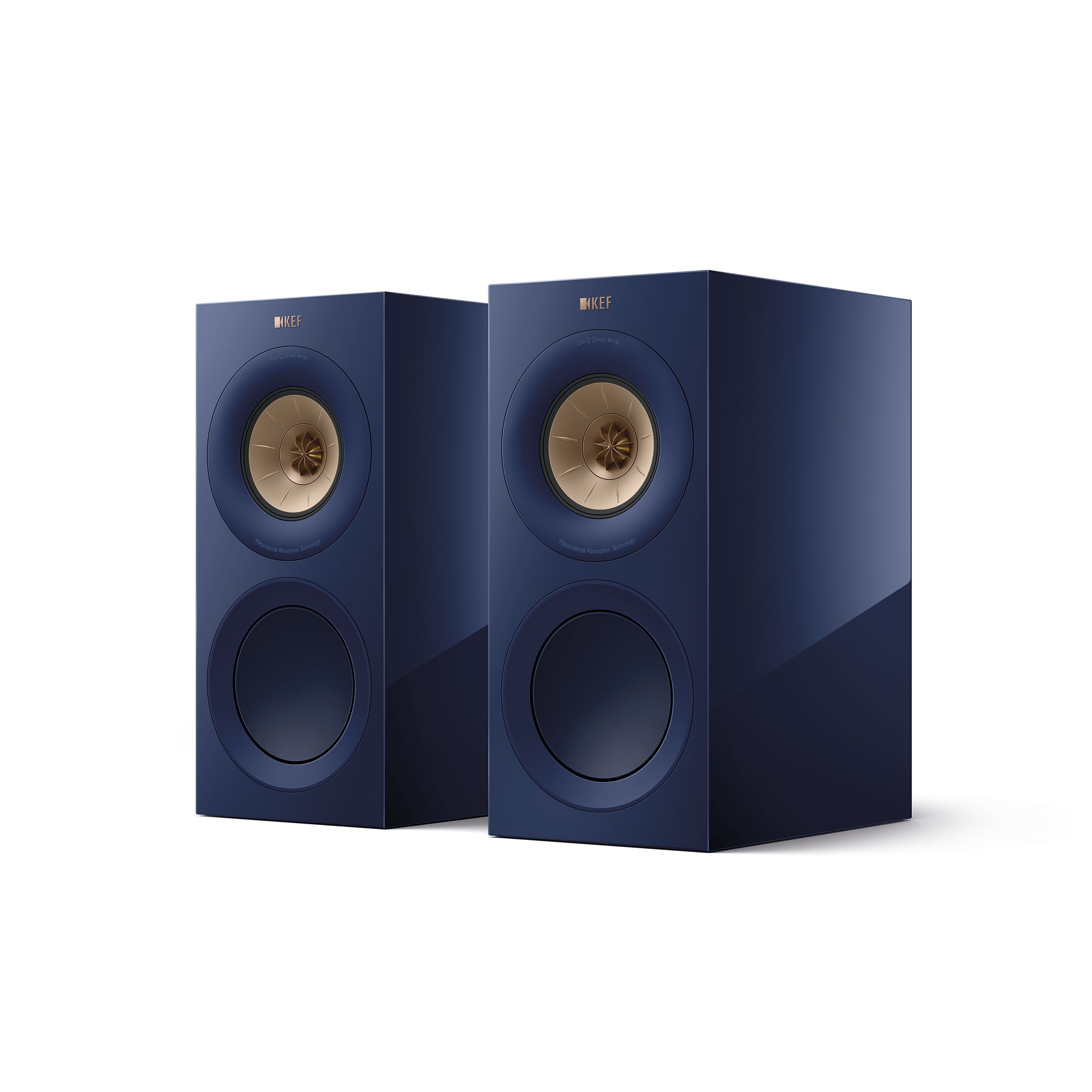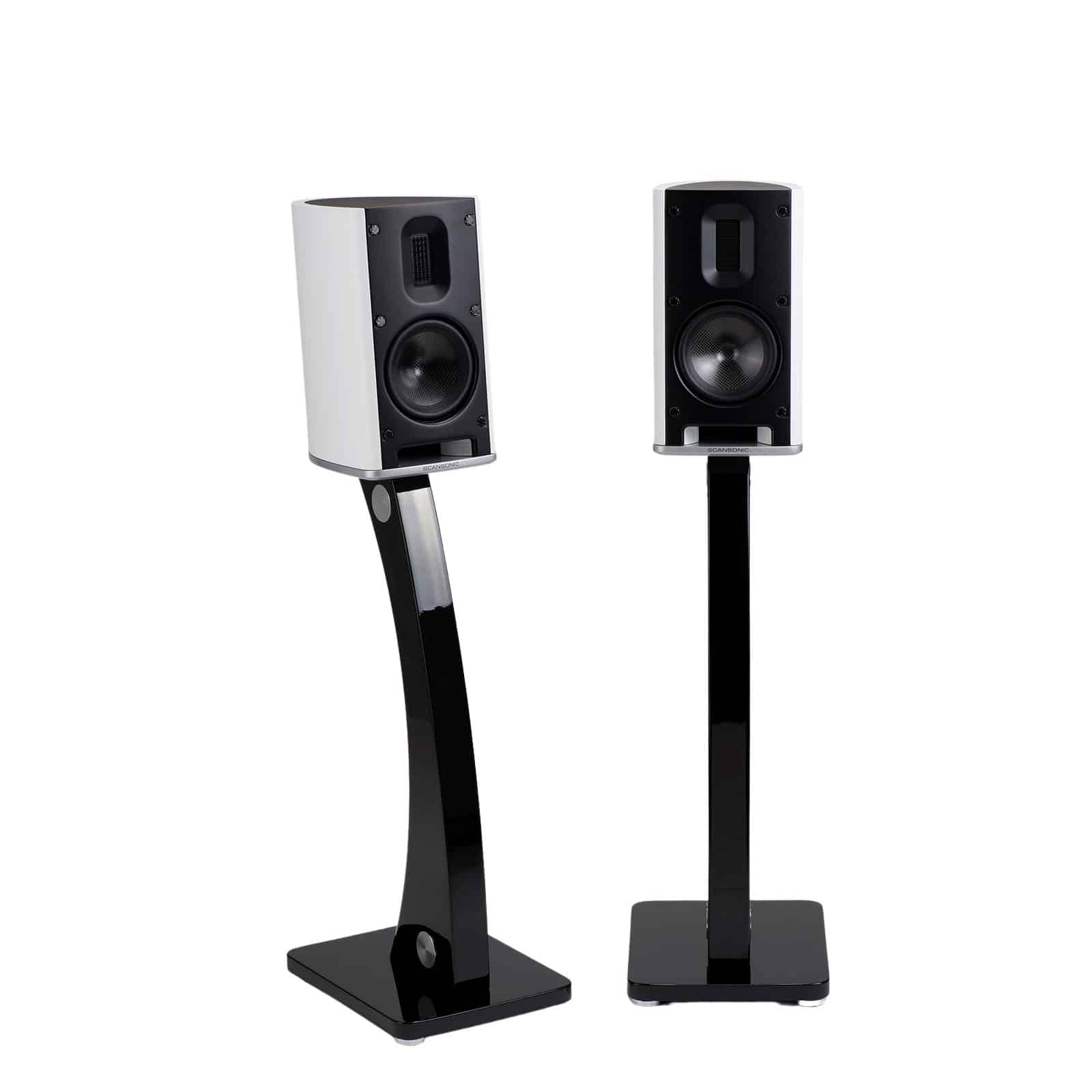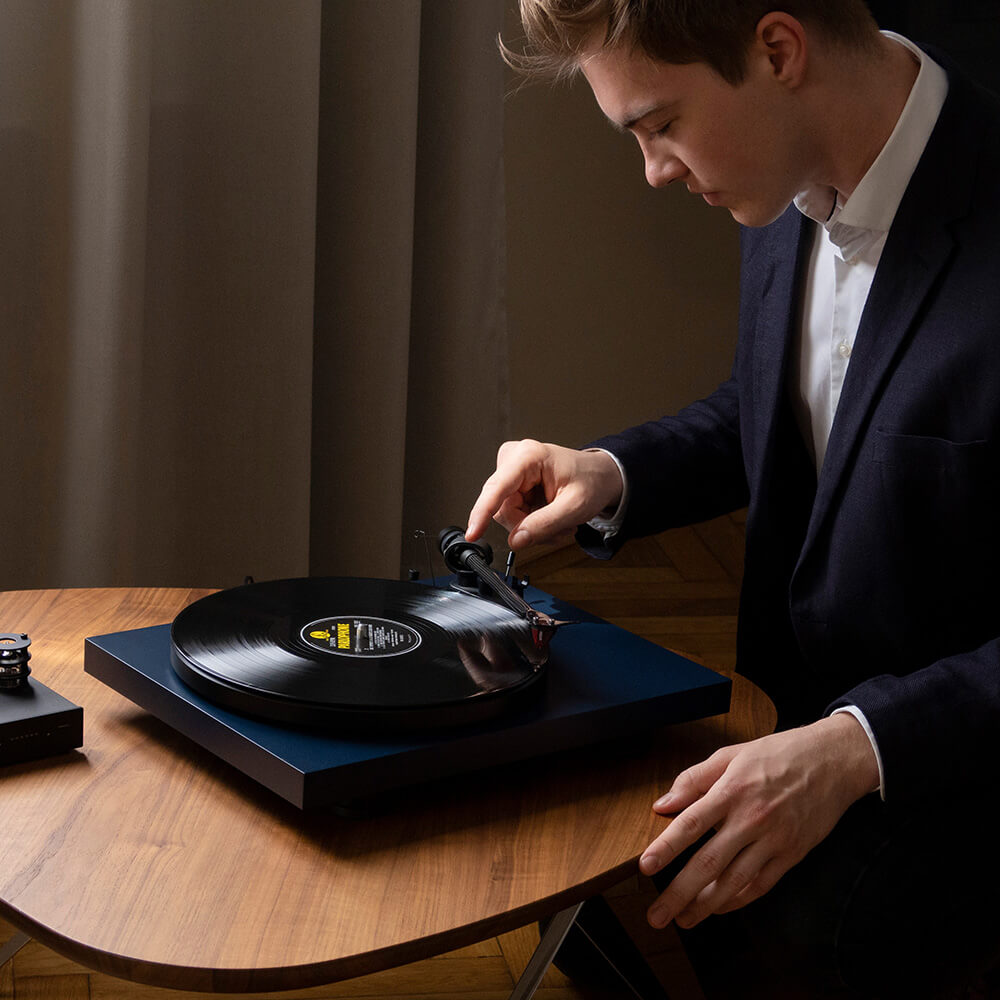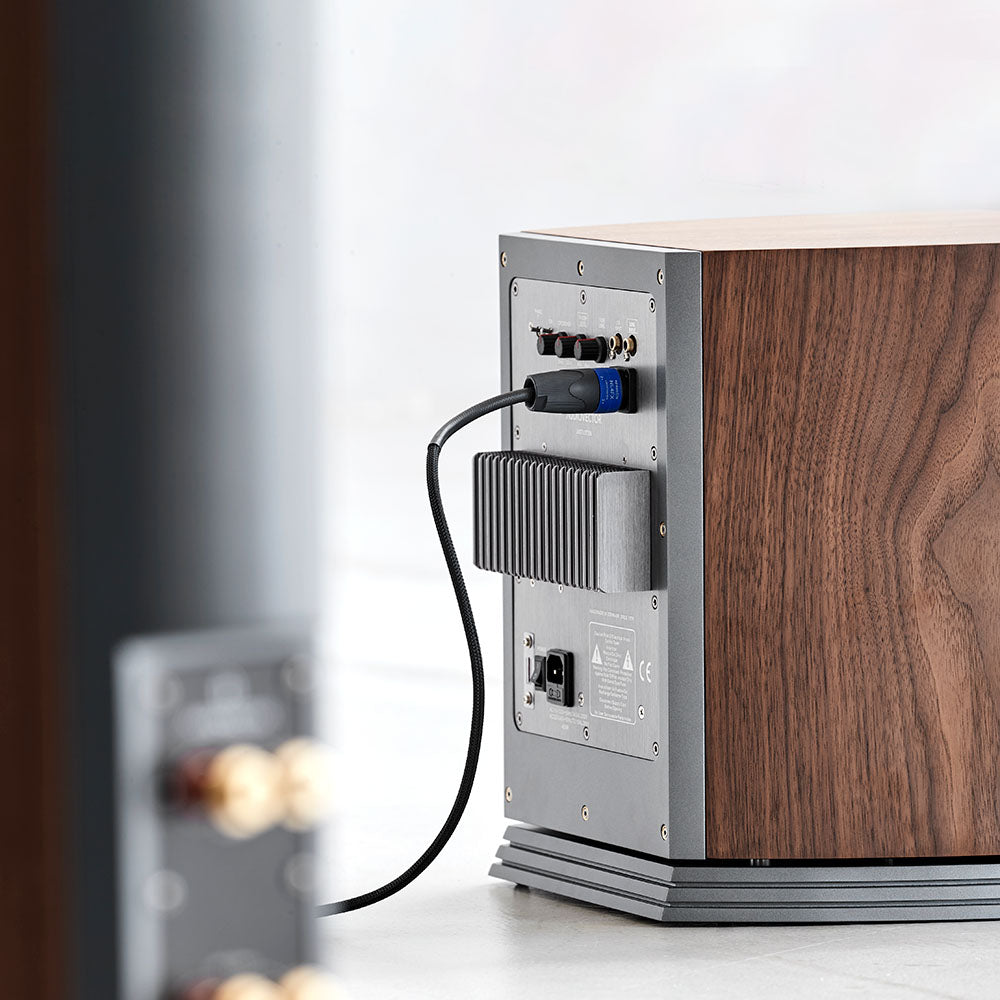When you buy new speakers, there are several things that you should be aware of so that you can use your speakers optimally. At the same time, you should also think about what musical needs you have, so that you can choose the right speakers. Here are our very best tips and tricks for you, which can give you better sound.
1. Space and size
You must always be aware of the room your speakers will be playing in. Here, the size and nature of the room has a greater impact on the sound than most people might think. In general, it is said that large floor speakers are for use in larger rooms, and smaller speakers often sound best in smaller rooms. However, there are exceptions to this rule, because Audiovector uses, for example, a downward-facing bass reflex port, which makes it easier to integrate them in the room. This means that you can get extremely good sound from their floor speakers even in smaller rooms, where they can be placed at a much smaller distance from the wall than more traditional floor speakers. You should therefore always work with your dealer to find the right size speakers for your particular room.
Acoustics and fine-tuning
There are also other parameters in the room that affect your overall listening experience. The acoustic properties of the room are a factor that must be taken into account when buying new speakers. Here we think about acoustics/reverberation, where a large and empty room with bare walls and floors will often be a big challenge for the acoustics. Here you can advantageously place furniture and carpets strategically in the room to achieve a significant difference in the sound. In addition, it is of great importance that large bare wall surfaces are not used. The room must be "muted" without being "sound dead". It kills the dynamics, and thus the sound.
The flap test
To get a better sense of the acoustics in your room, you can try clapping your hands. The sound from the clap should settle down quickly, and not vibrate and vibrate in the room with a lot of reverberation. The emptier the room and the walls are, the longer it will be before the sound of the clap subsides.
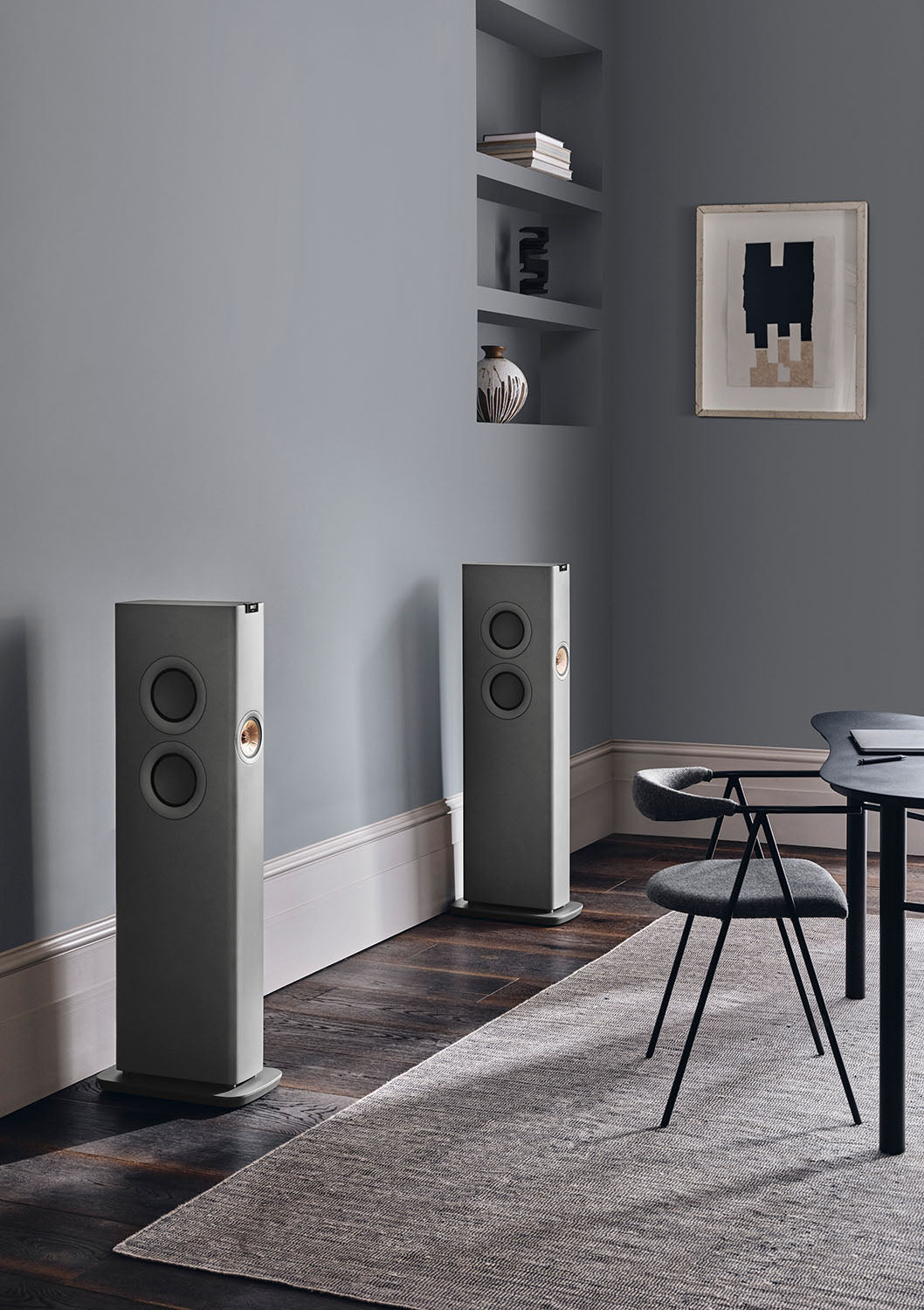
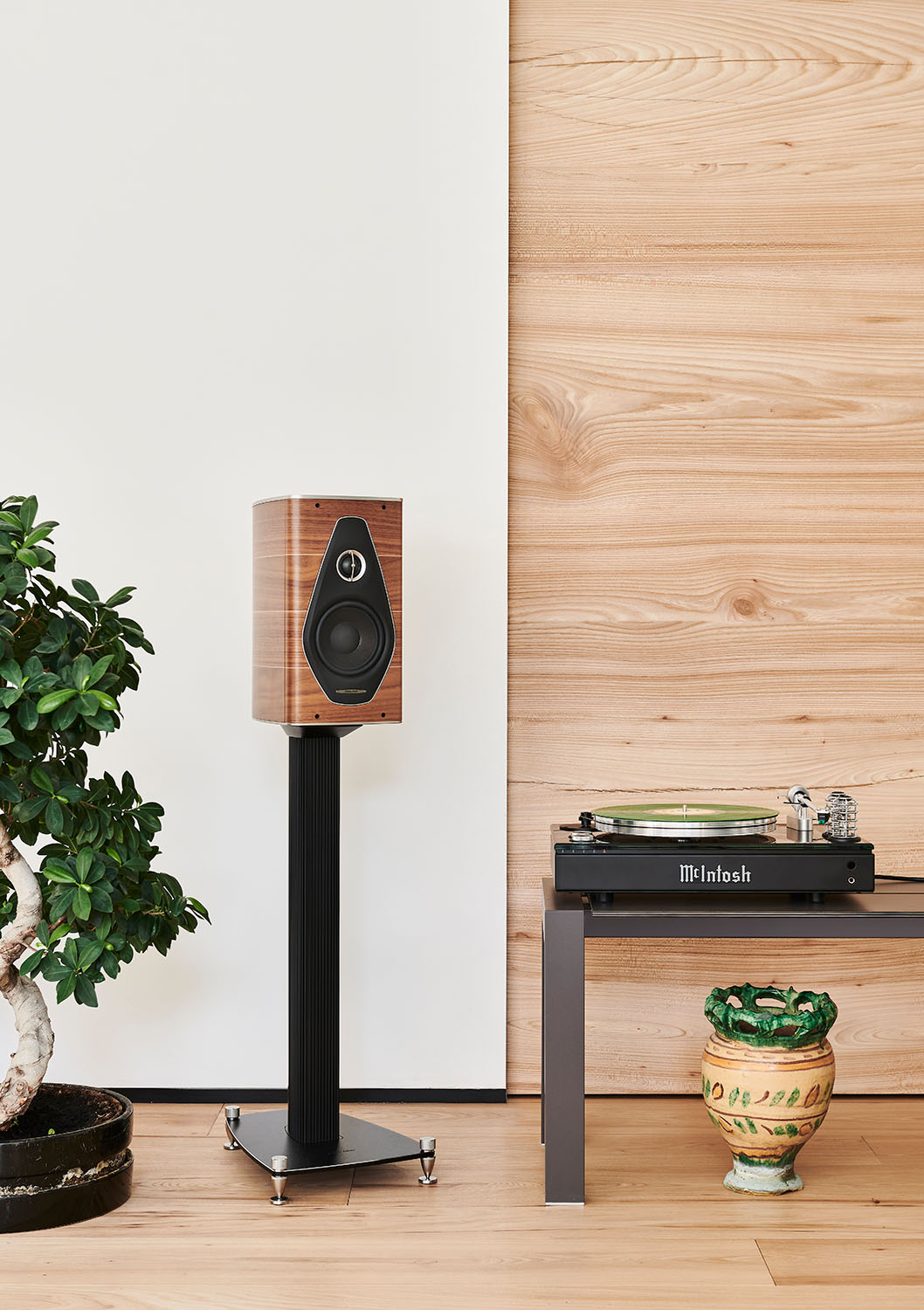
2. Location of the speakers
When using traditional stereo speakers, it is important that your speakers are placed symmetrically. This means that they should be at the same listening distance to your preferred listening position with the fronts of the speakers pointing towards the listener. To do it correctly, you should measure the distance from the fronts of the speakers to the listener. The more precise you are with the measurement, the more precise a sound image you will achieve.
The speakers should also have a certain distance from each other to achieve a "stereo perspective". Depending on the size of the room, of course. We recommend that you place the speakers a minimum of 2 meters apart and a maximum of 5 meters. If the distance is less than 2 meters, it becomes difficult to create a correct stereo image, and if they are too far apart, the sound image becomes incoherent. A rule of thumb says that the speakers should have the same distance between them as there is from the speakers to your preferred listening position. This creates an isosceles triangle, with the speaker units angled towards the listener.
The distance to the walls
As far as possible, you should not place your speakers too close to corners. We recommend that you start by placing your speakers 30cm from the back wall and from there slowly move forward until you reach a point where the sound deteriorates. Then the speakers are moved back a little. From there, the speakers are gradually moved further apart (out to the sides) so that a greater stereo perspective is achieved. When a deterioration of the sound image begins to occur, the speakers are moved a little closer to each other again. This deterioration will most often be experienced as a gap in the sound image.
The final step is to angle the speakers a few degrees at a time towards your preferred listening position so that the sound image becomes more accurate. When the stereo image starts to become smaller and more blurred, the speakers are angled back a little again. Then you have the optimal sound image. To confirm that you have achieved the correct sound image, you can advantageously lean back and forth a little in your listening position. If the sound gets worse when you have leaned forward and back, then the speakers are angled correctly. If, on the other hand, the sound gets better when you lean forward, then you have angled the speakers too little. If the sound is better when you lean back, the speakers are angled too much.
Equal placement of the speakers
It is also of great importance for the sound that your speakers are placed as evenly as possible in relation to the surroundings. The acoustic conditions affect the sound of each individual speaker, and by making the conditions around the speakers as similar as possible, you will find that the sound reproduction becomes more uniform. Put another way, it is not a good idea to place one speaker in a corner or hidden behind furniture or the like, and the other speakers in free surroundings. The more similar surroundings you give your speakers, the better and more harmonious sound you will achieve.
Popular floorstanding speakers
3. Disconnection or connection
If your speakers are to be placed on the floor, it is important that they are placed on a firm surface so that the speakers do not move back and forth when music is played. Therefore, use the supplied "spikes", which are a type of tapered screw. These spikes are screwed into the corresponding threads at the bottom of the speakers, in order to thereby create as small and stable a contact surface as possible.
Adjust these "spikes" so that the speaker stands stable on all four spikes. If you play directly on a wooden floor, you can advantageously use the so-called "floor protectors". They are a kind of round disks with a small depression in the middle, which are placed on the wooden floor before the speaker with "spikes" is placed on top of them. It helps to protect the floor against damage from the pointed spikes.
"The loudspeaker must stand firmly on the surface so that it can emit all its energy in one direction – towards you. This gives a more precise, dynamic and punchy sound."
Thomas Mørk, Owner
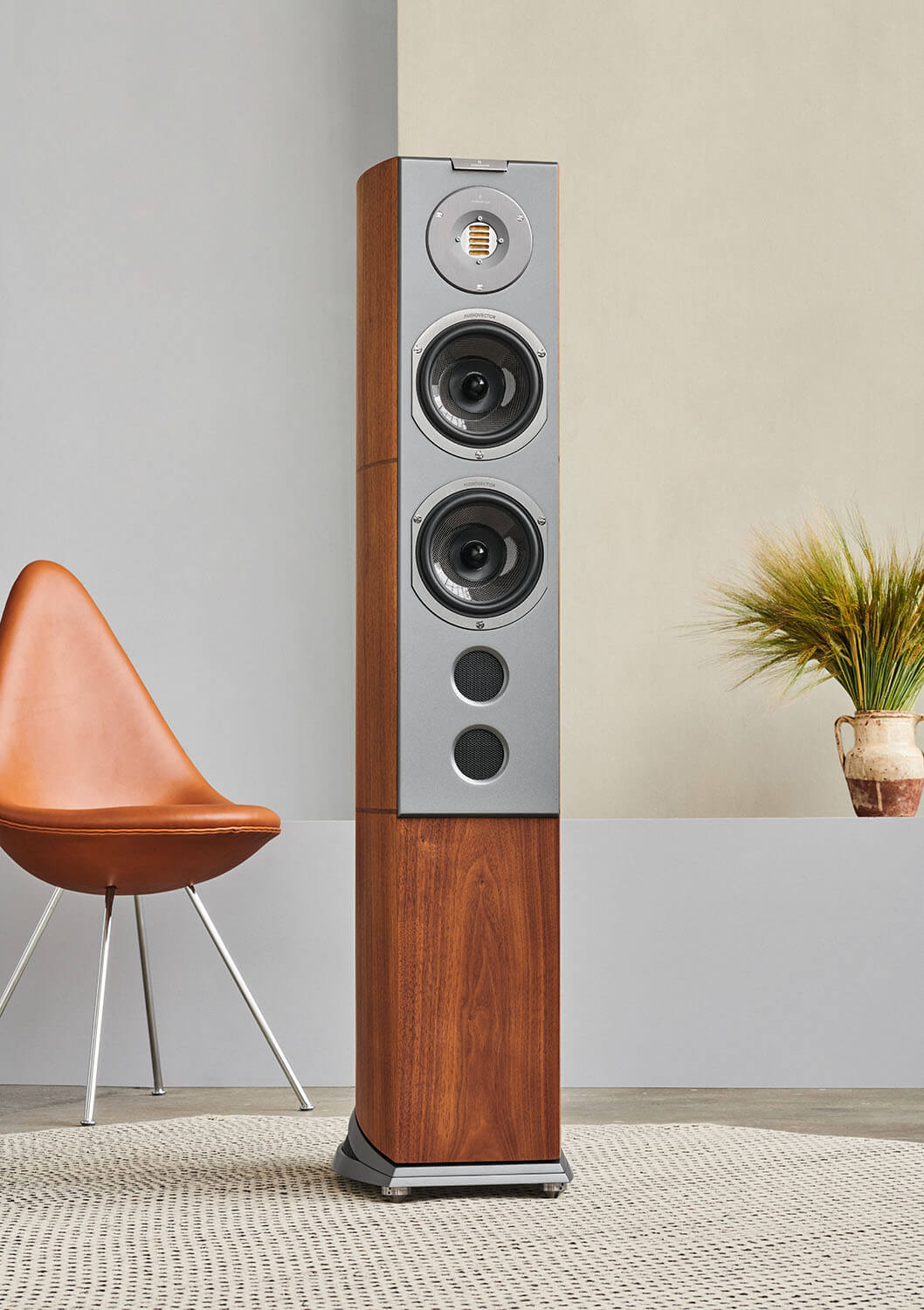
Audiovector R6 Arreté
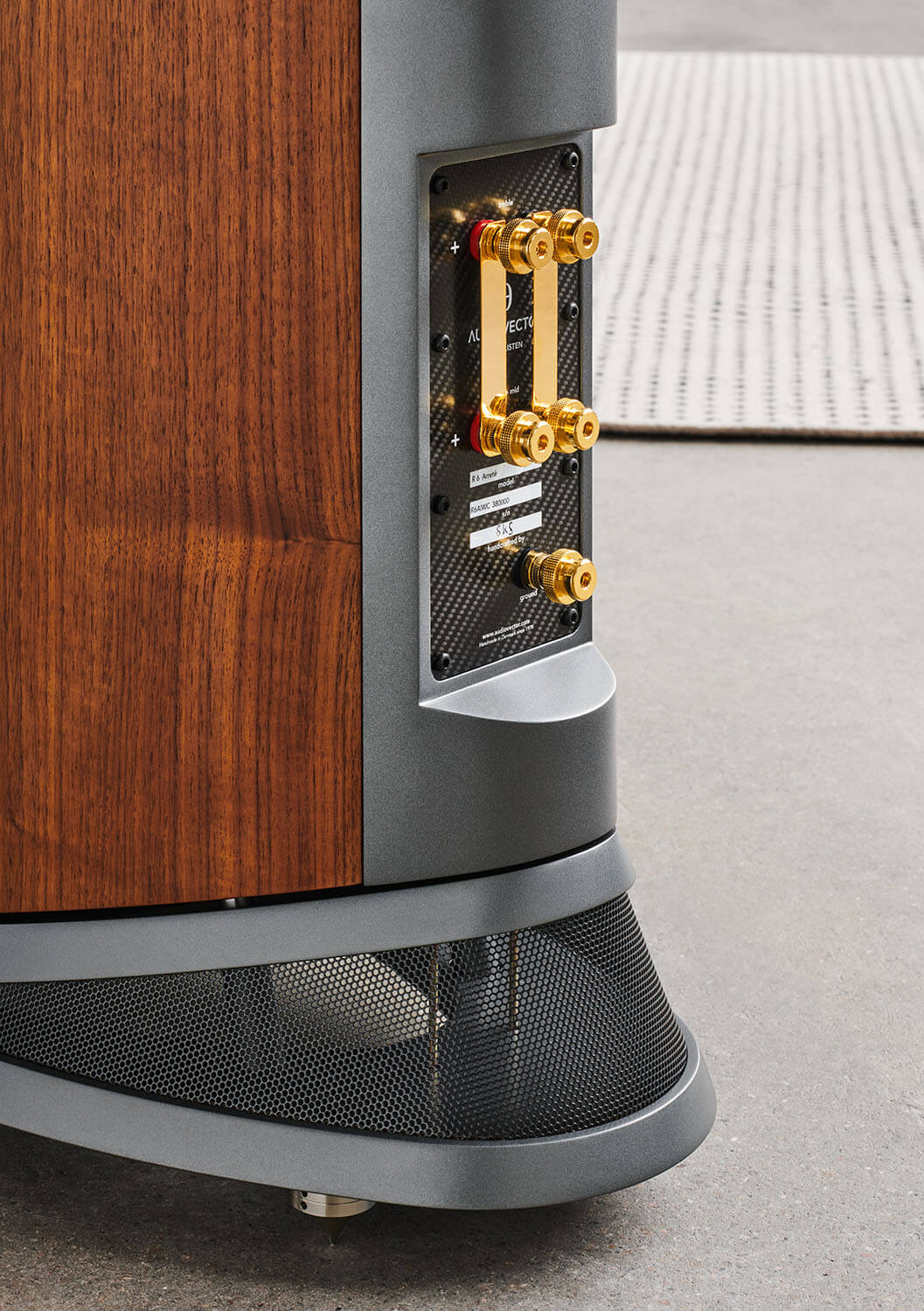
Rear baffle in carbon
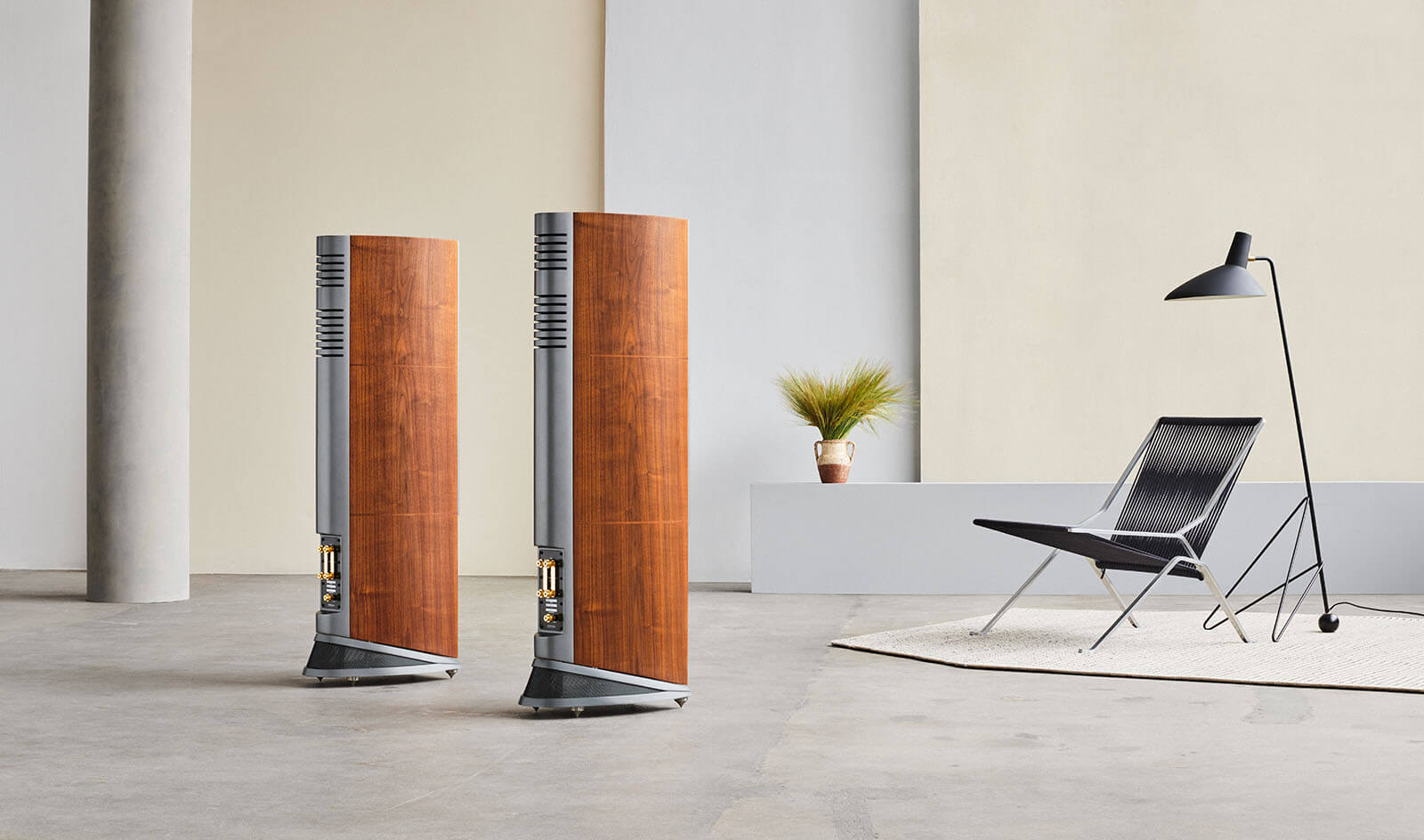
Rear-firing 3" midrange
4. Playback
All new speakers must be "played". This means, in principle, that they just have to get used to being loaded when they are new. There are two types of play that have an impact here. The electrical play and the mechanical play.
The electrical input means that the components mounted on the speakers' crossovers need some time to adjust to the amount of current they have to work with. Thereby, these components optimize themselves over time, with better sound as a result.
The mechanical reproduction takes place in the moving parts of the speakers, which are found in the units mounted on the front of the speakers. The bass/midrange units have a movable magnet system and also a so-called "edge suspension" which holds the unit's diaphragm firmly in the basket in which the unit is mounted. These moving parts are also under the influence of the so-called overplay, and just like the electrical parts in the loudspeaker these moving parts also need some play to perform optimally.
5. The right amplifier for the speakers
It is always important that you choose the right amplifier to drive your speakers. Every speaker has a so-called "operating effect", which is an indicator of how much power is needed to drive the speakers. Here it is important that you do not have an amplifier that is too small to drive the speakers. In theory, you can't get too much power to drive the speakers, but on the contrary, too little power. Because it is rare that it is powerful amplifiers that are to blame for the speakers "burning out". On the other hand, it is often when the amplifier is not powerful enough that the accident happens. Here it is important that you choose the right amplifier for your speakers in consultation with professionals. Or vice versa, get the right speaker for your amplifier.
"Tip: Hear our products in your own home for 30 days with full right of return. Then you can hear how the product sounds in your surroundings with your system.”
Thomas Mørk, Owner
6. Use your speakers wisely
Regardless of which speakers you buy, they can always be damaged by incorrect use. Therefore, play carefully and do not play louder than the music still sounds good and clean. In general, it should never be necessary to play louder than max half strength on your amplifier if it suits your speakers.


